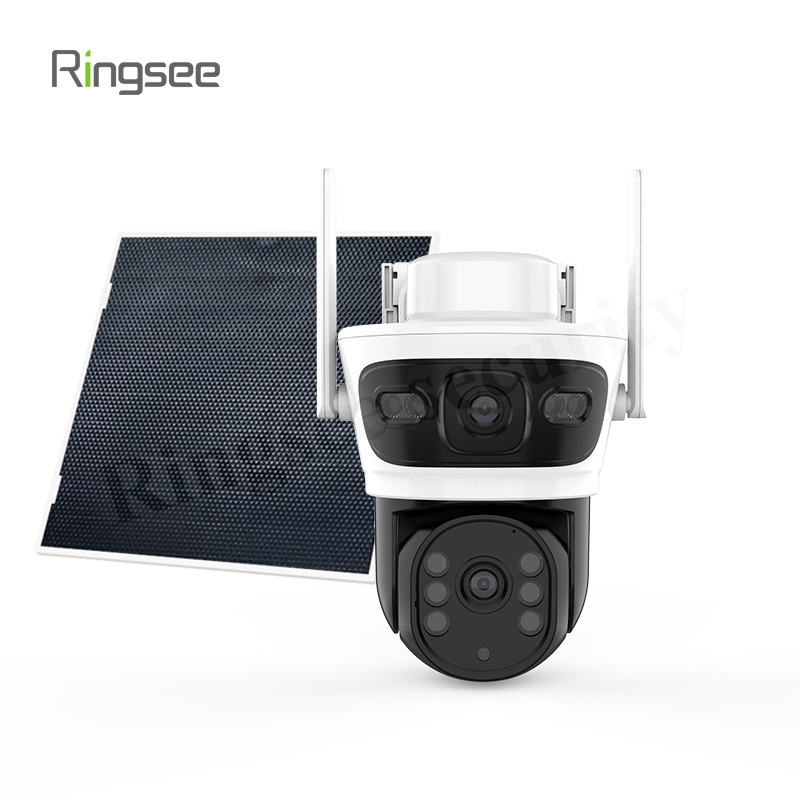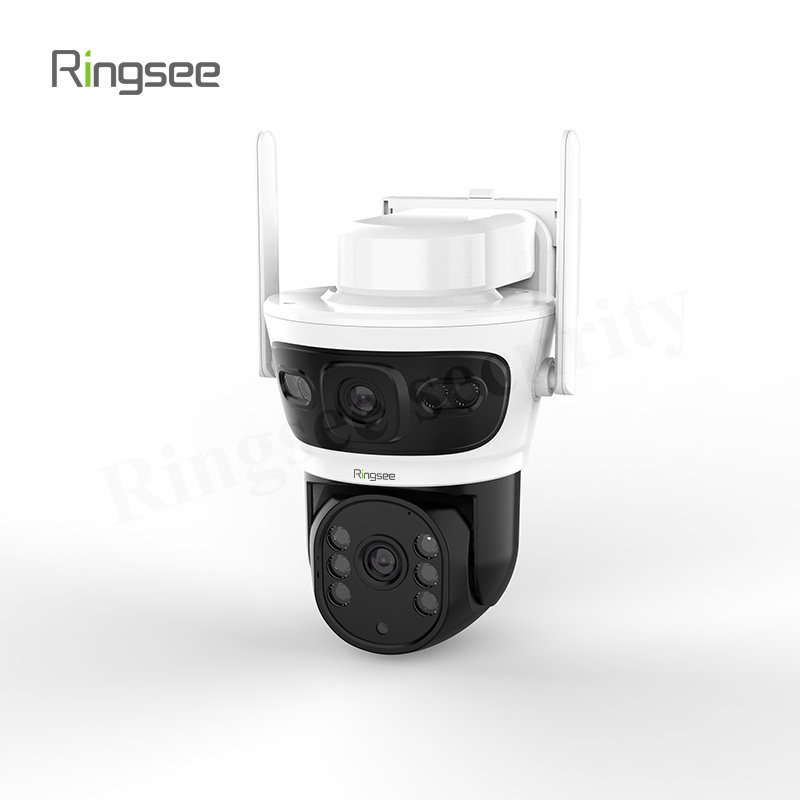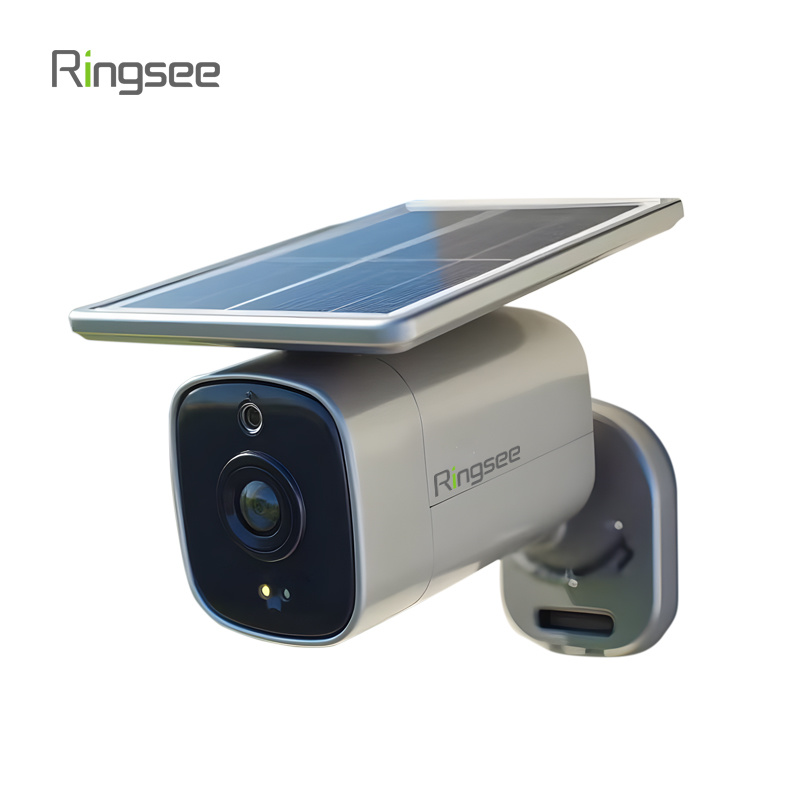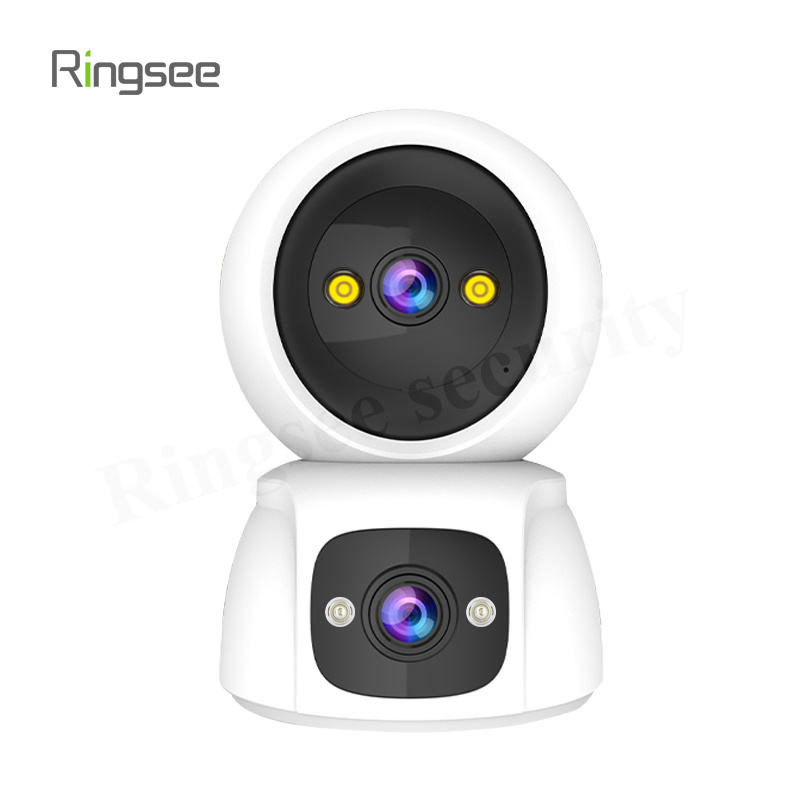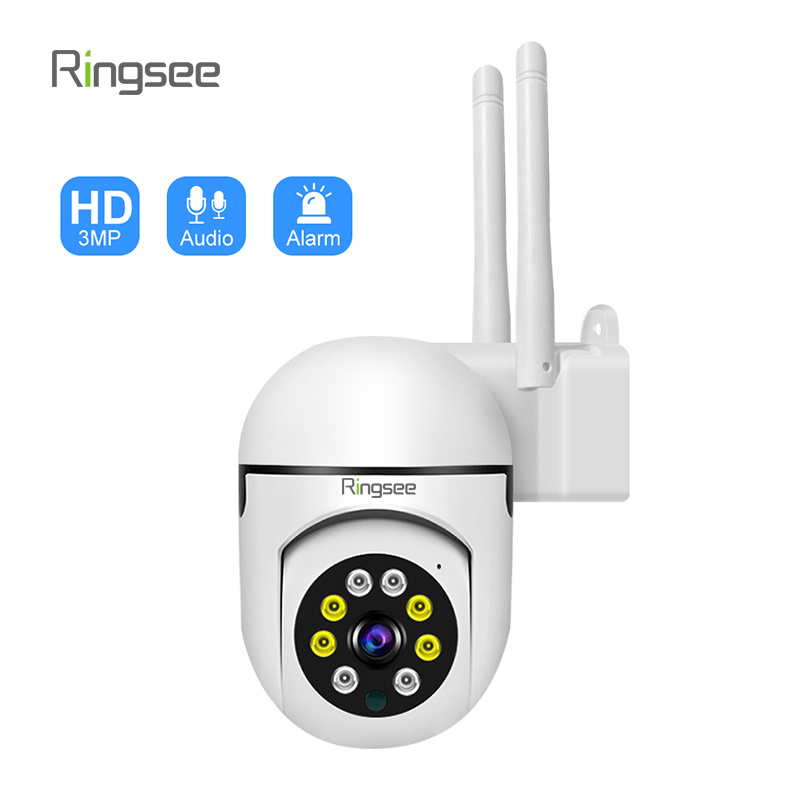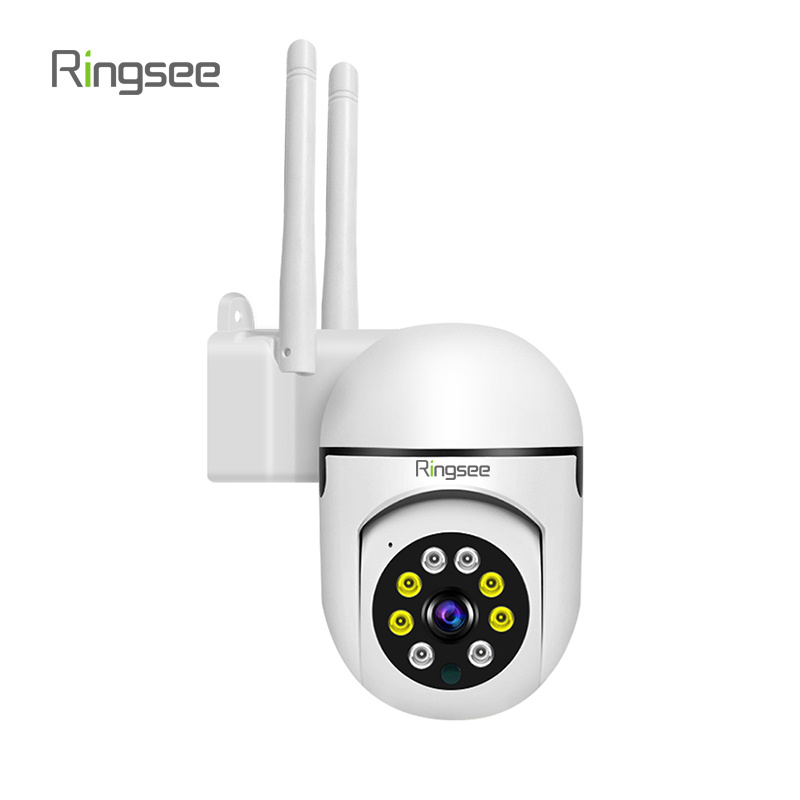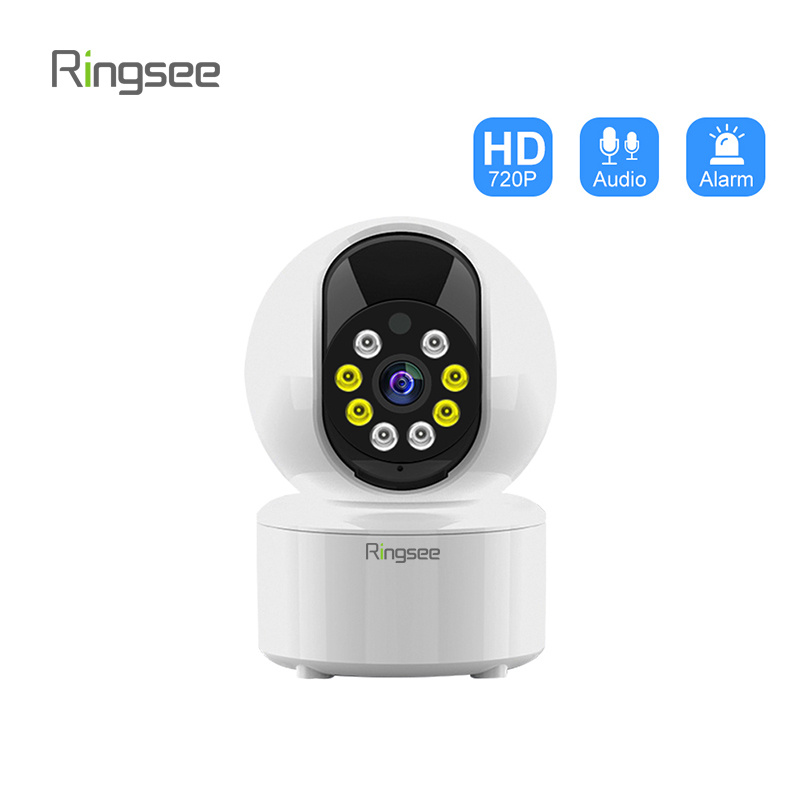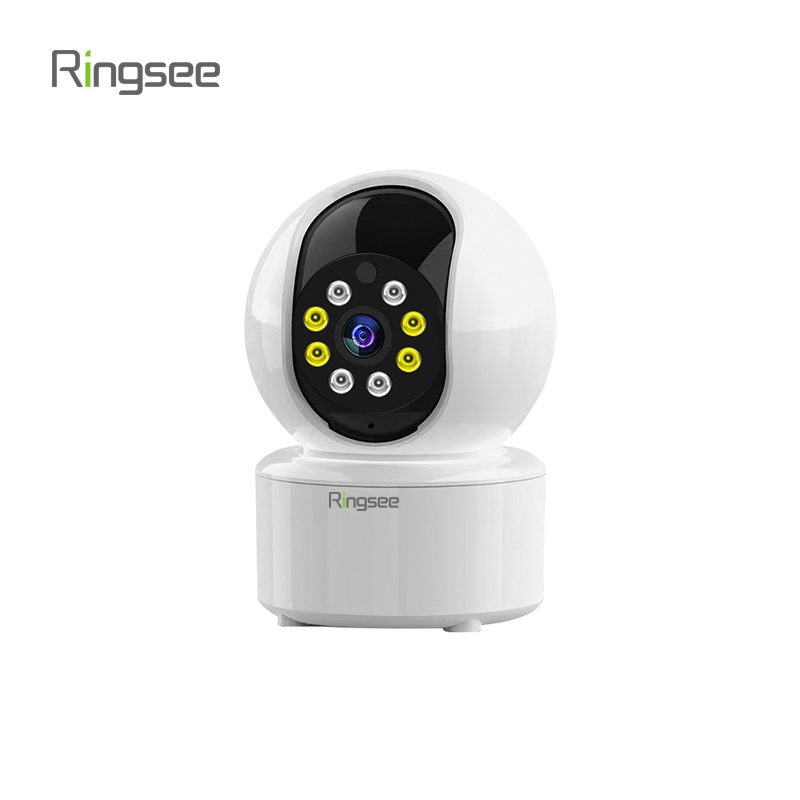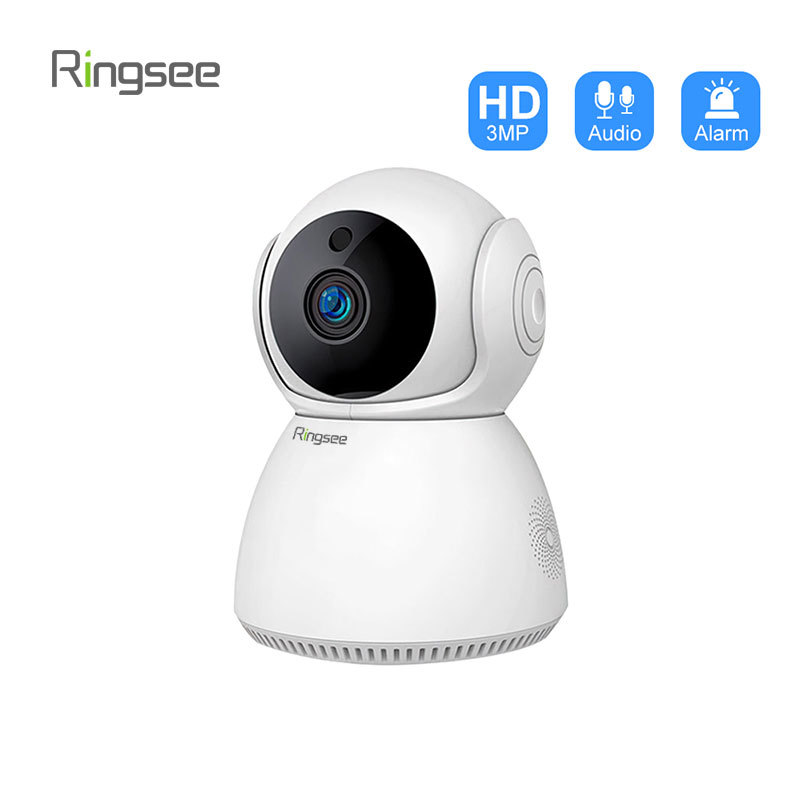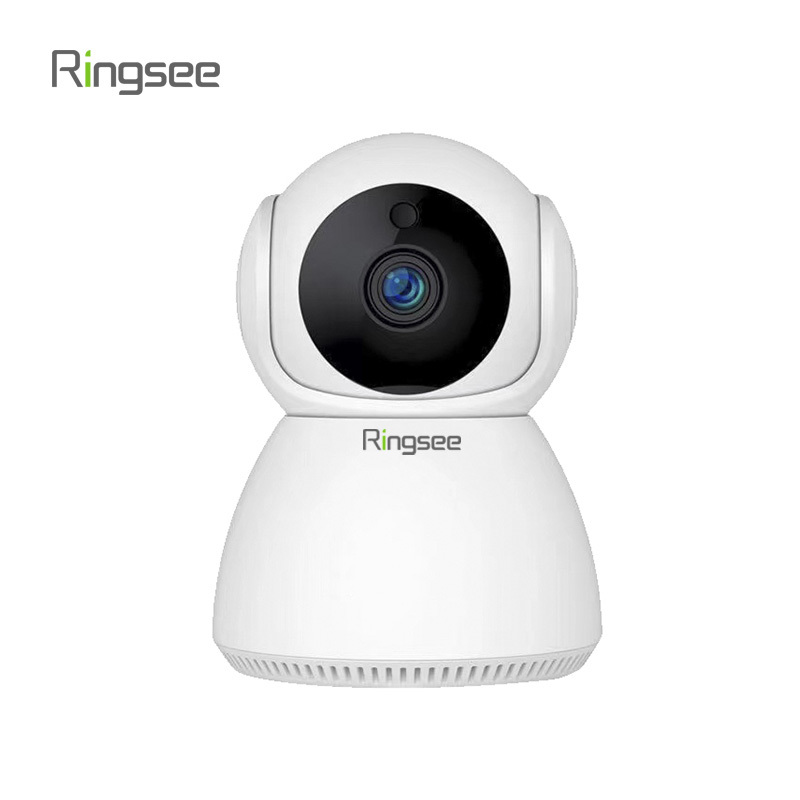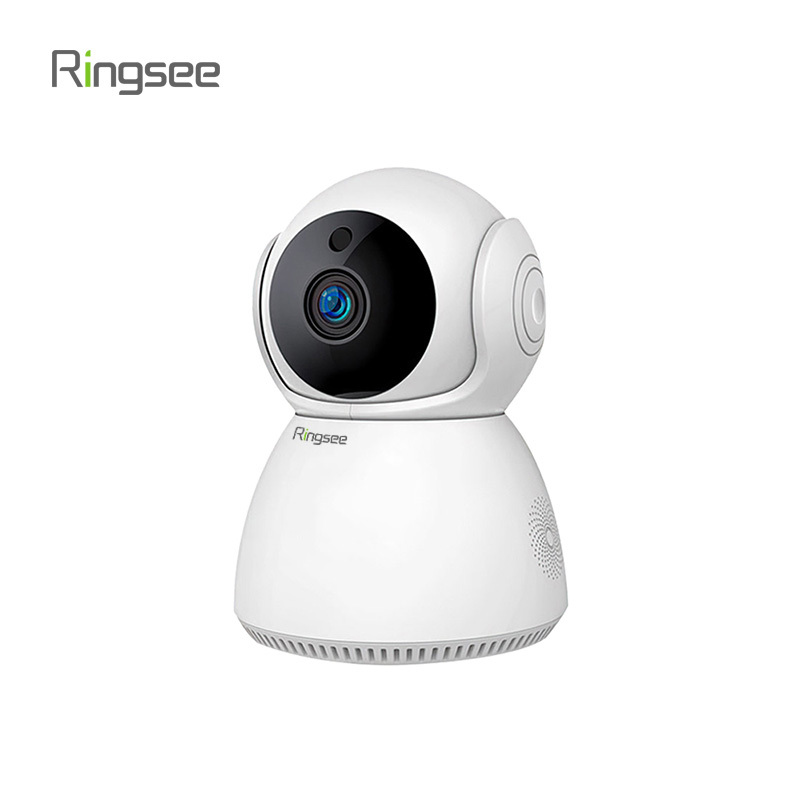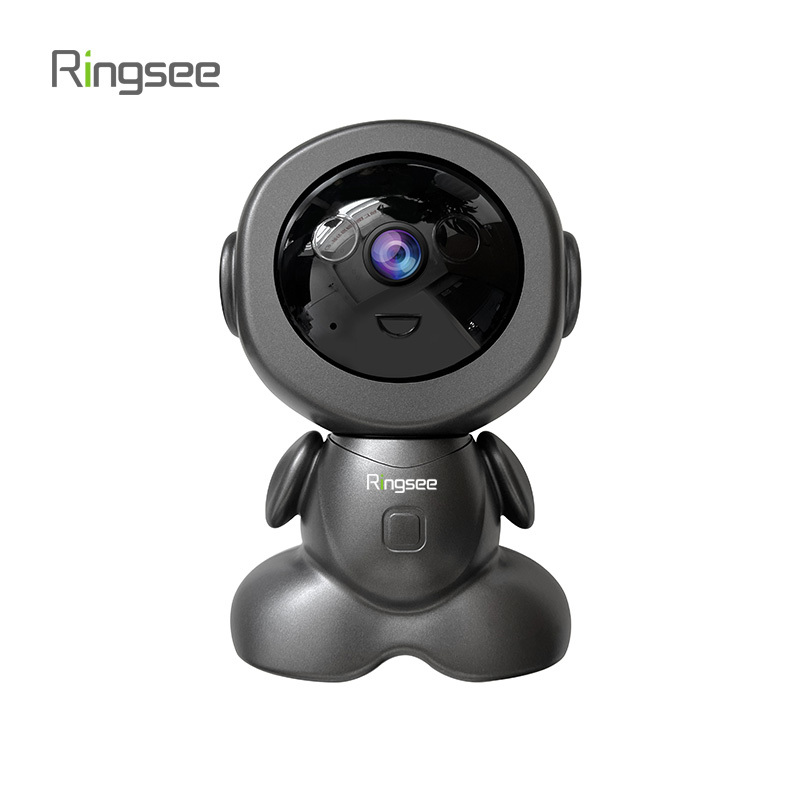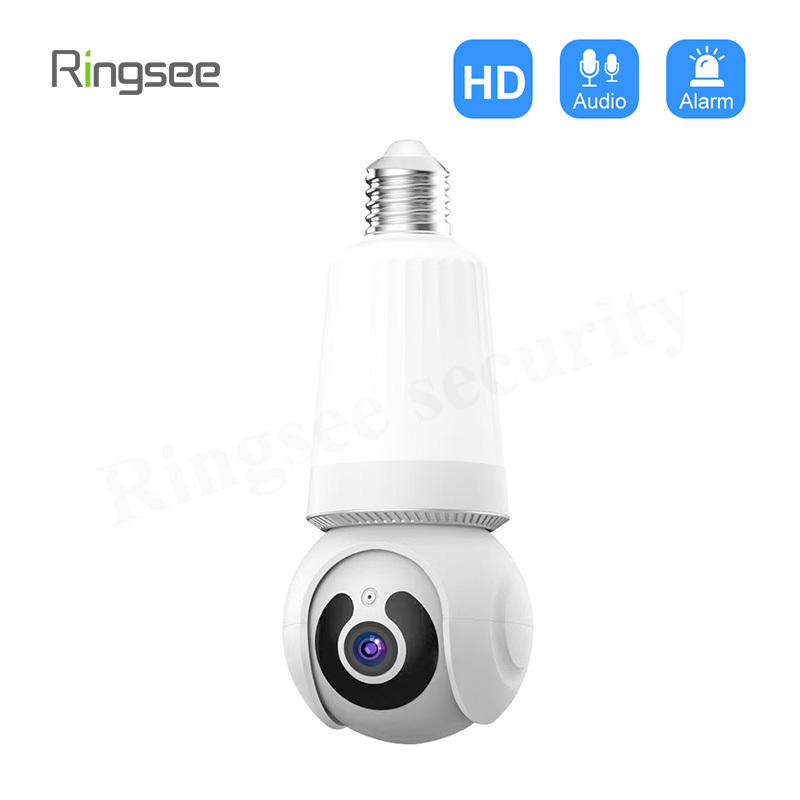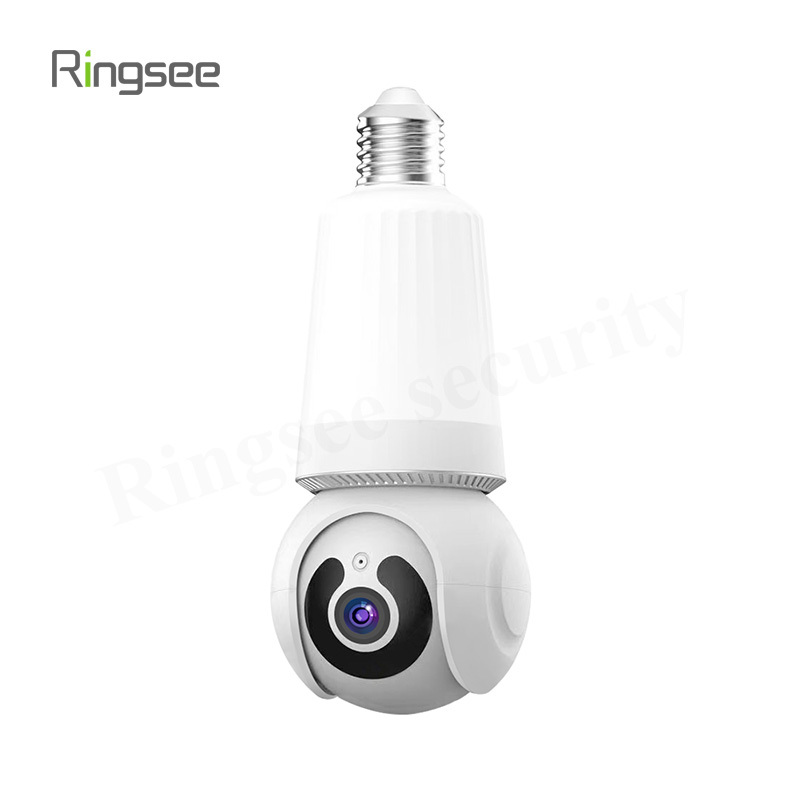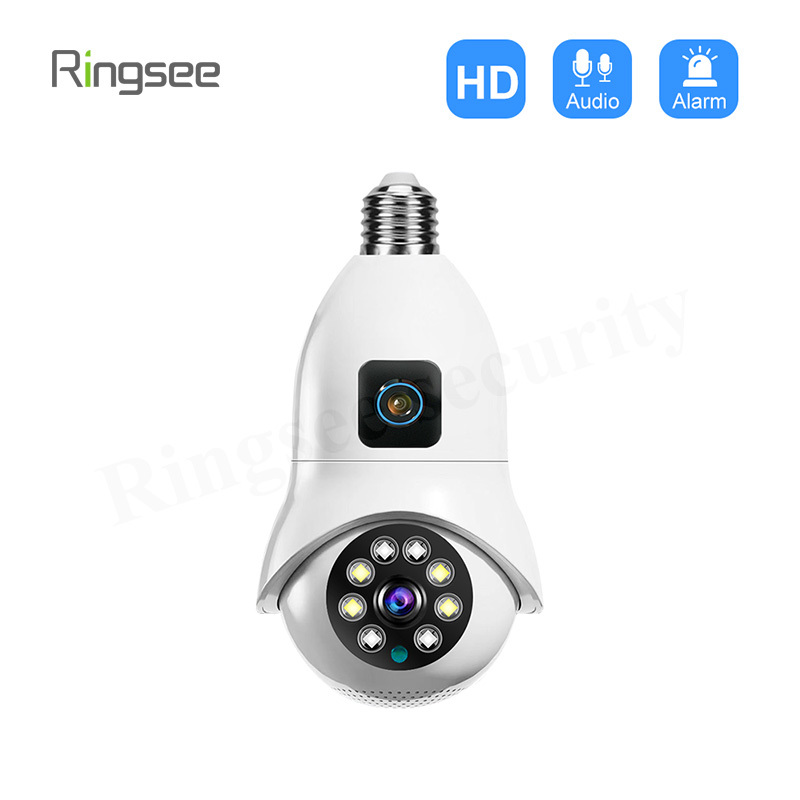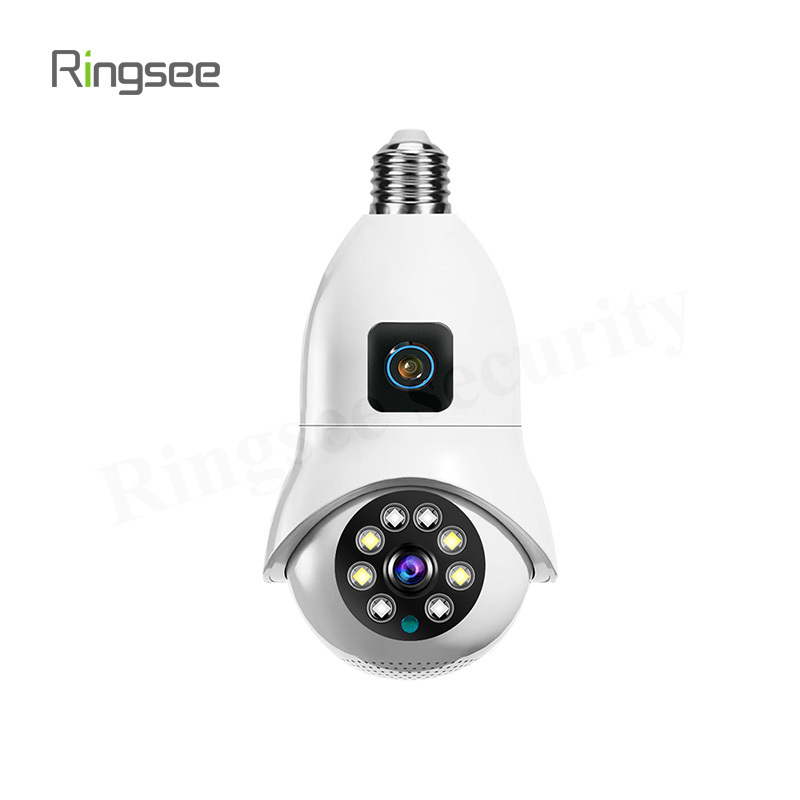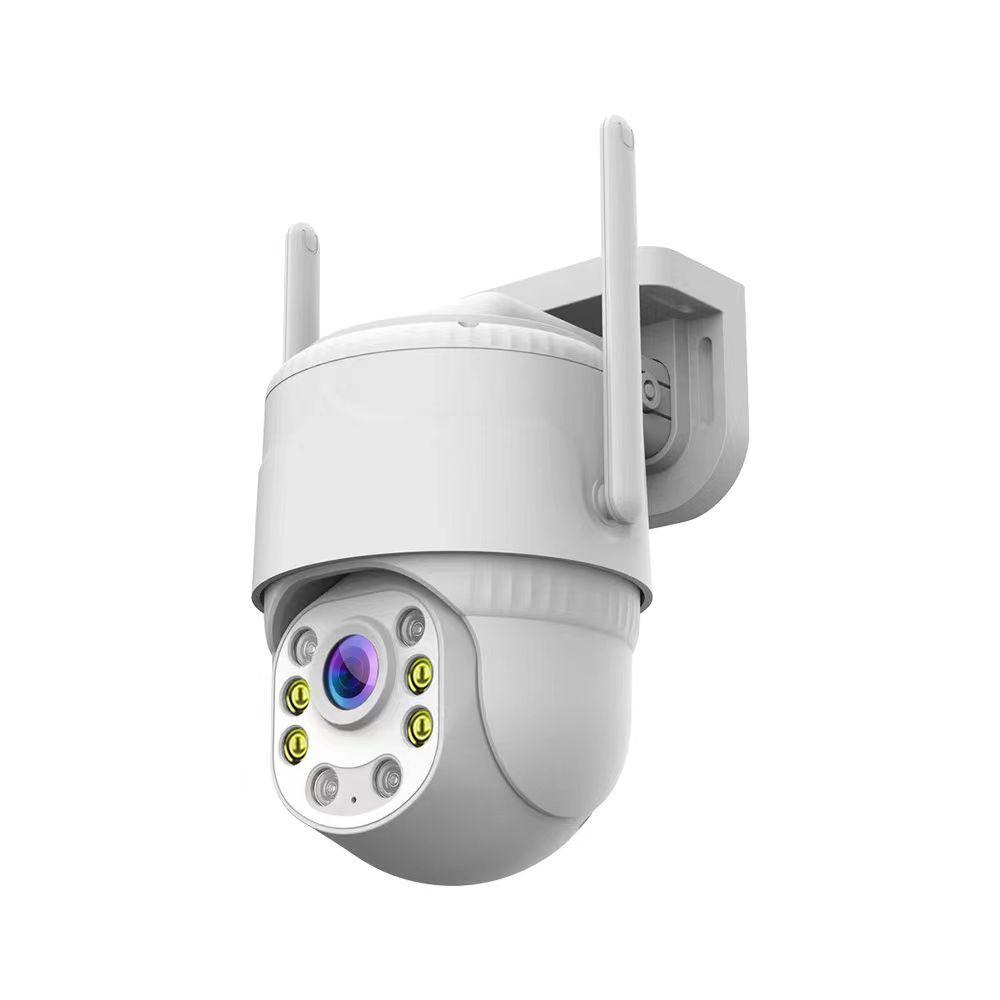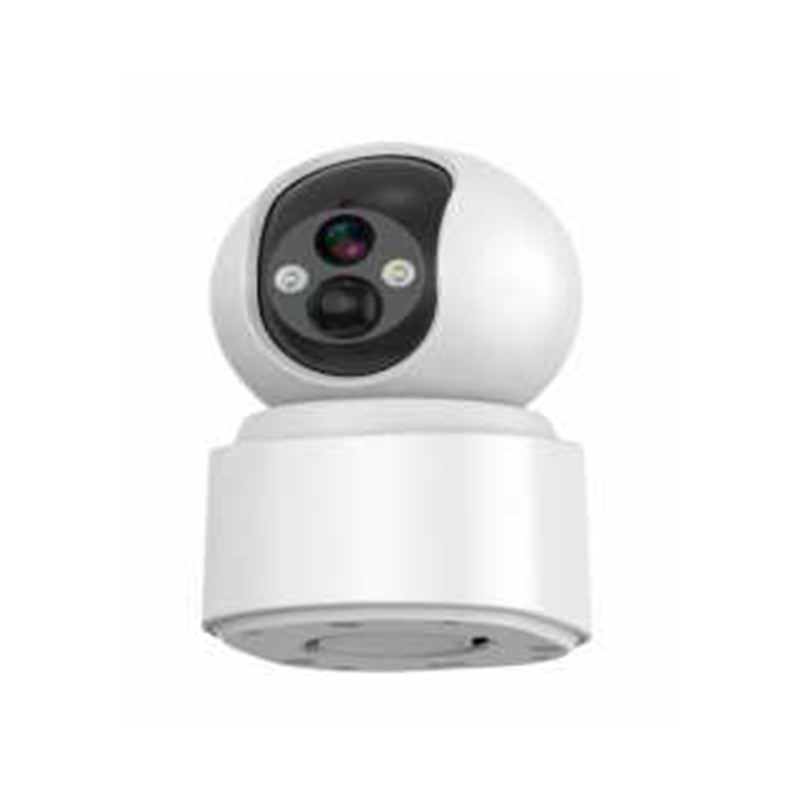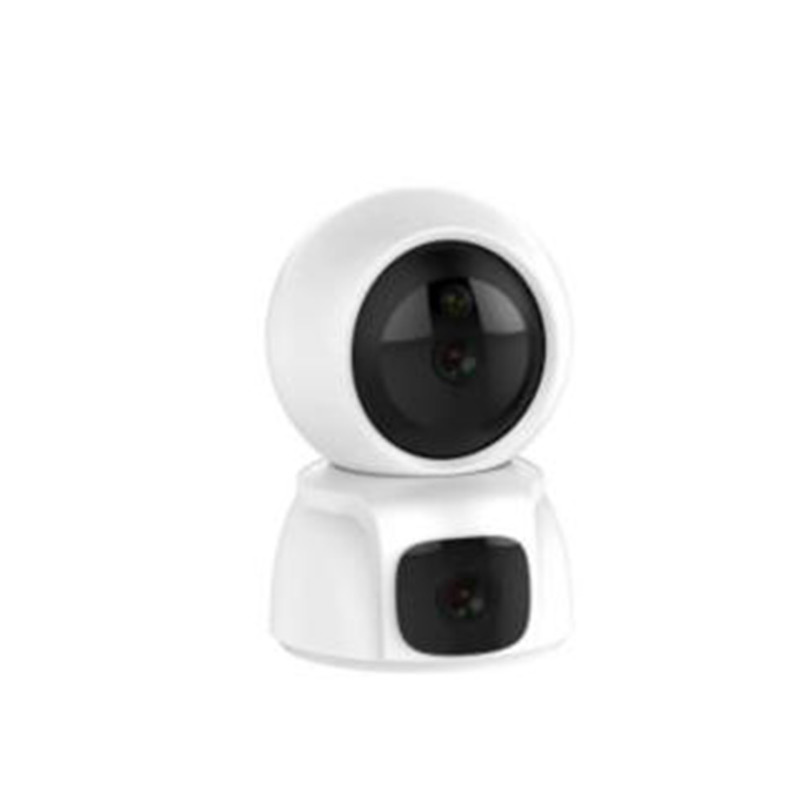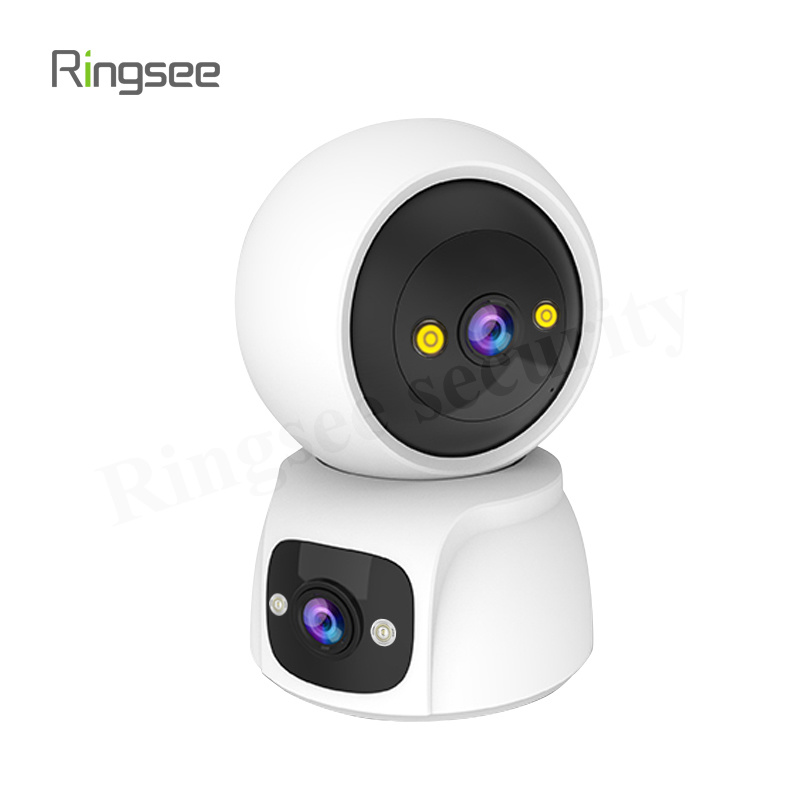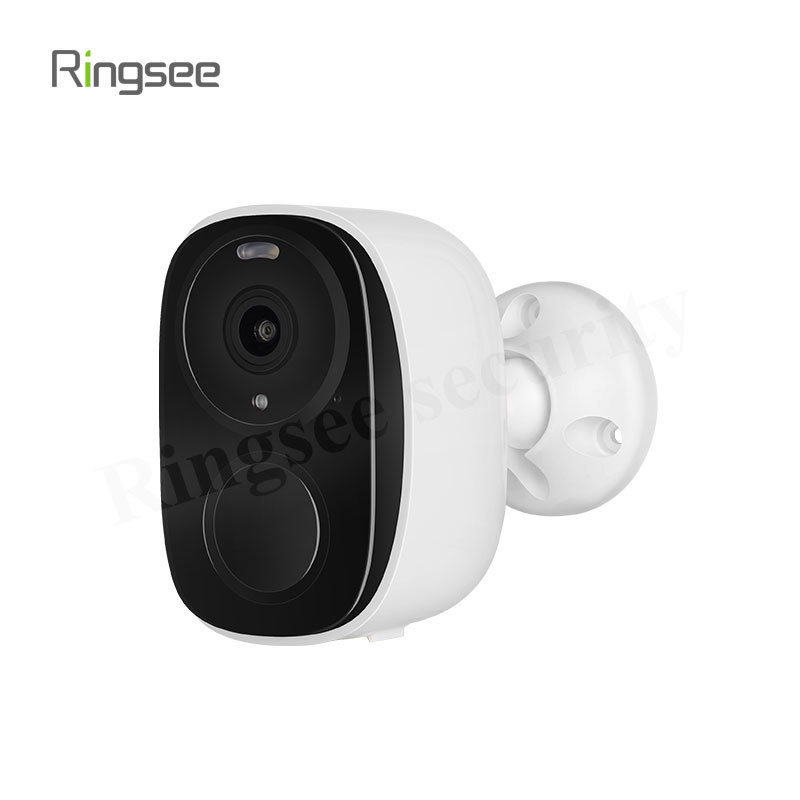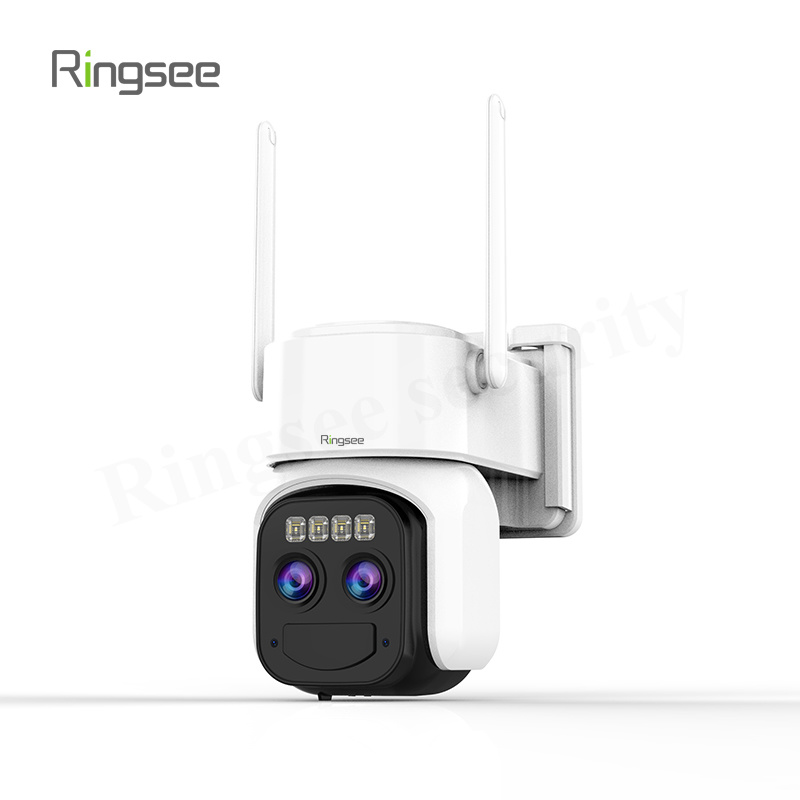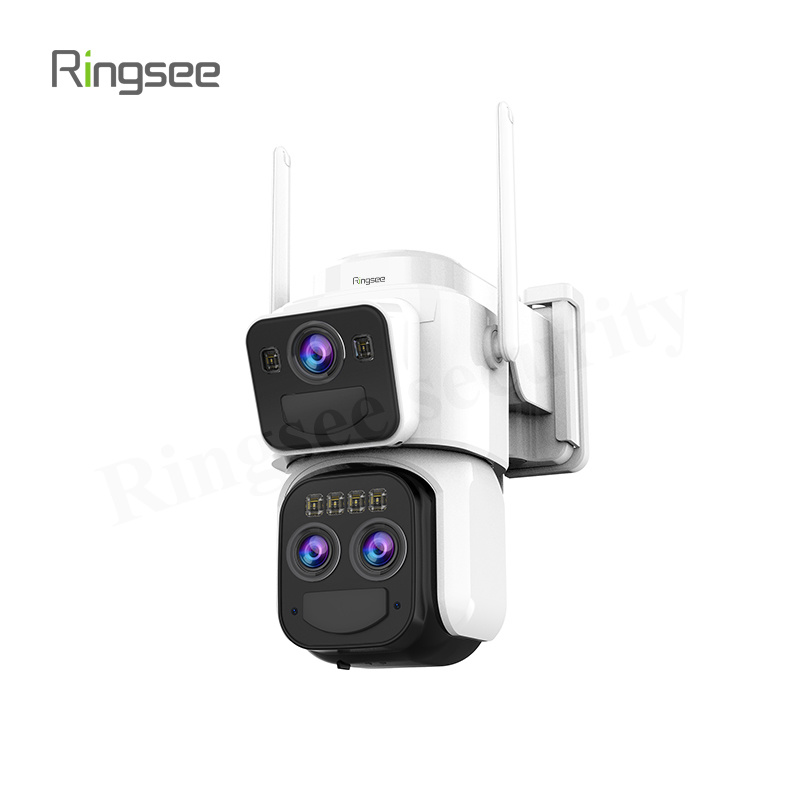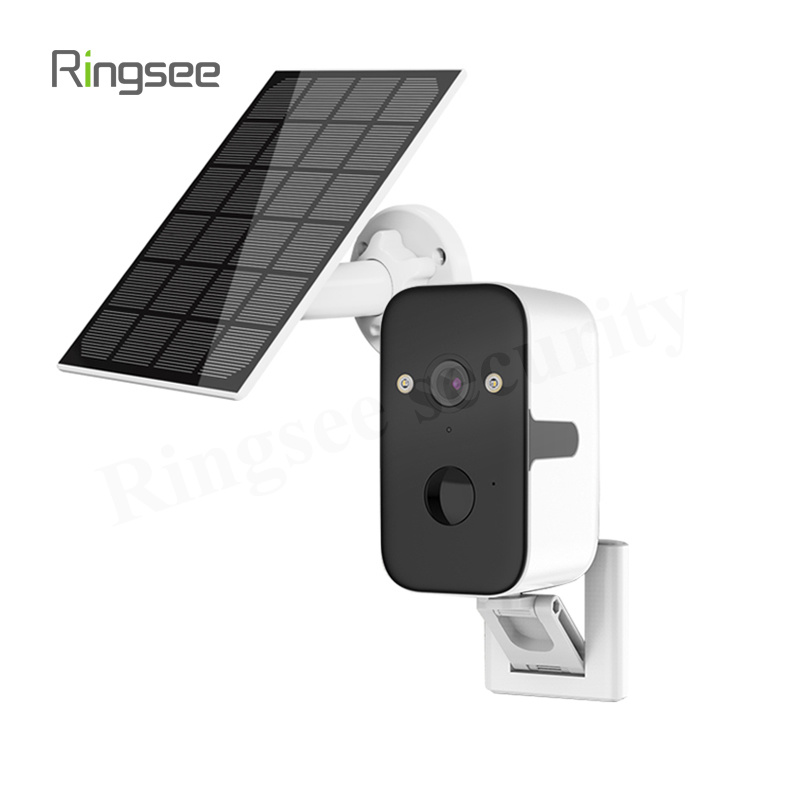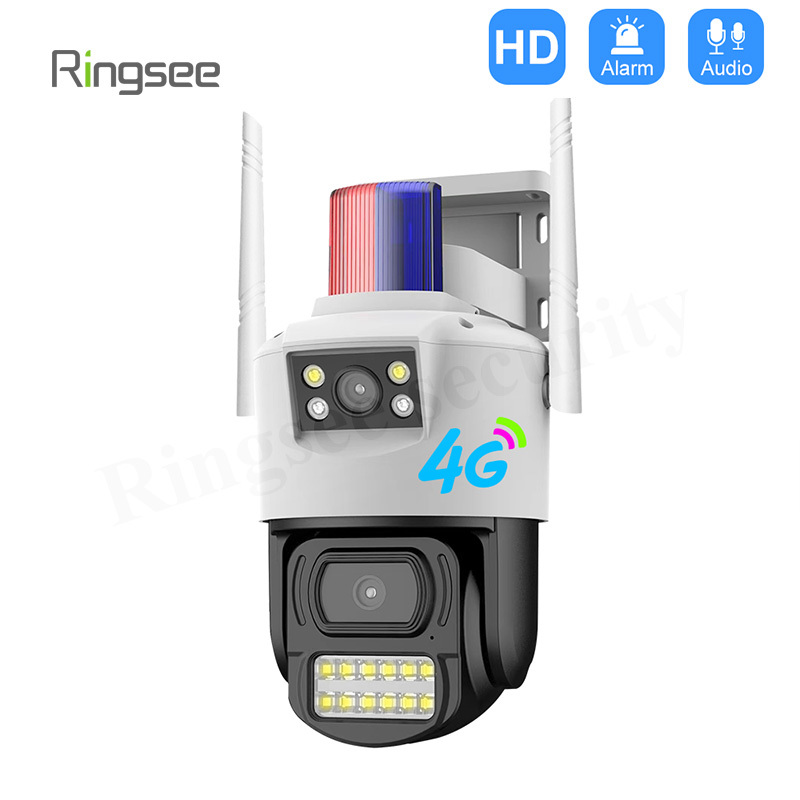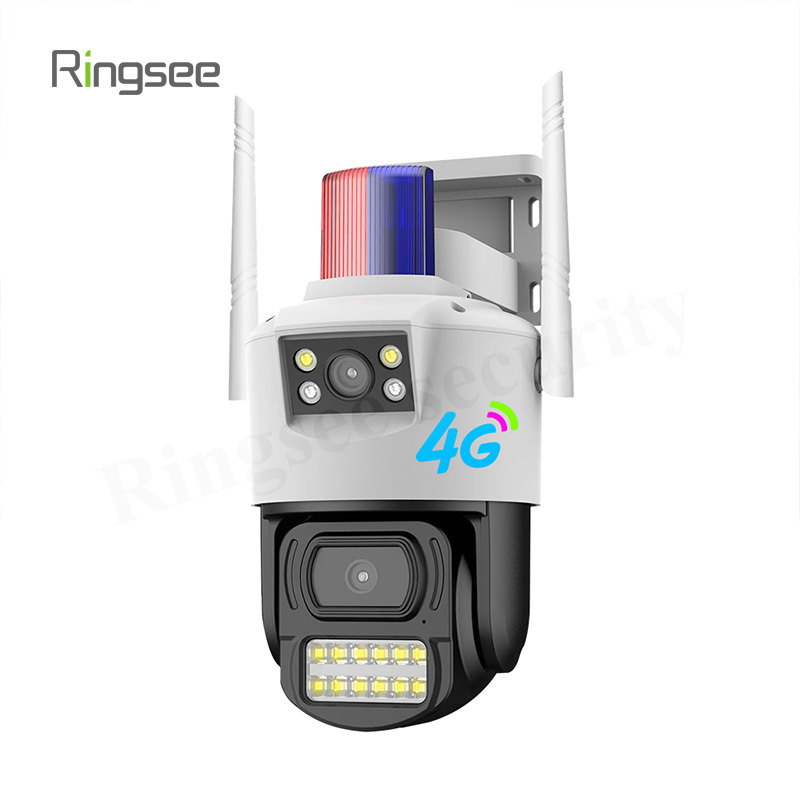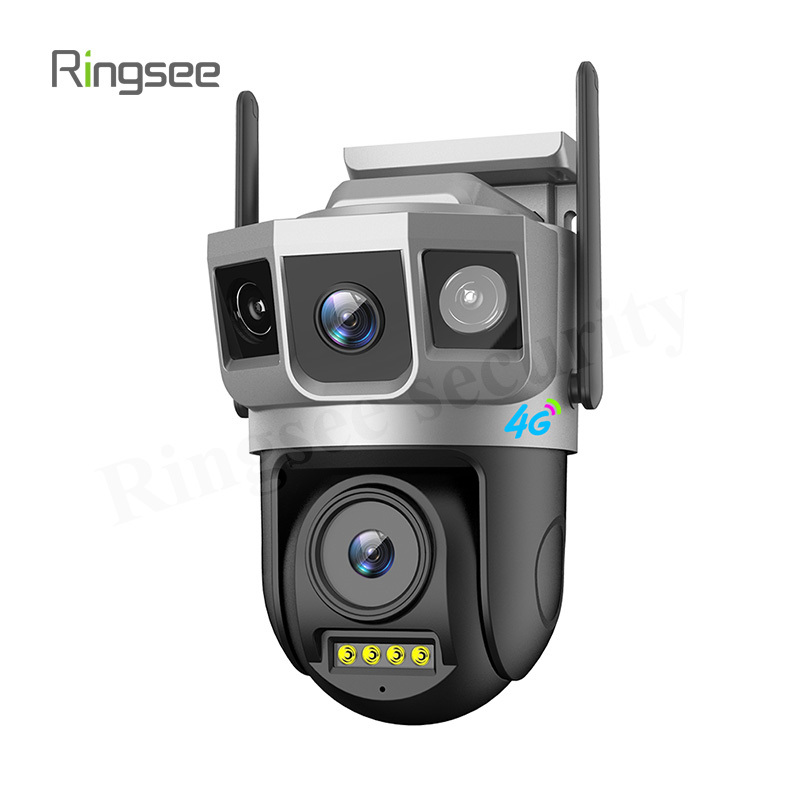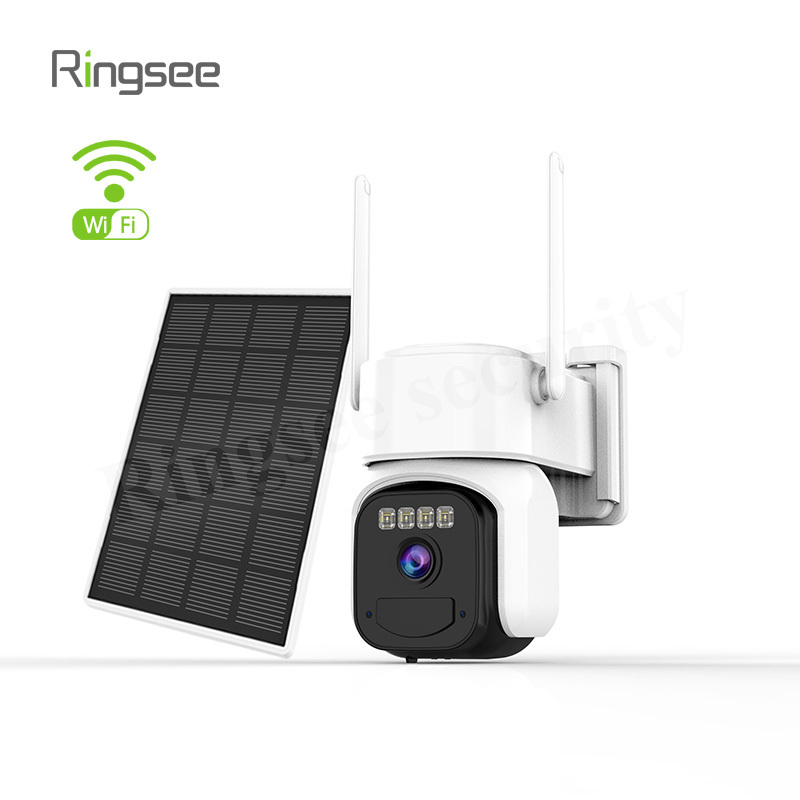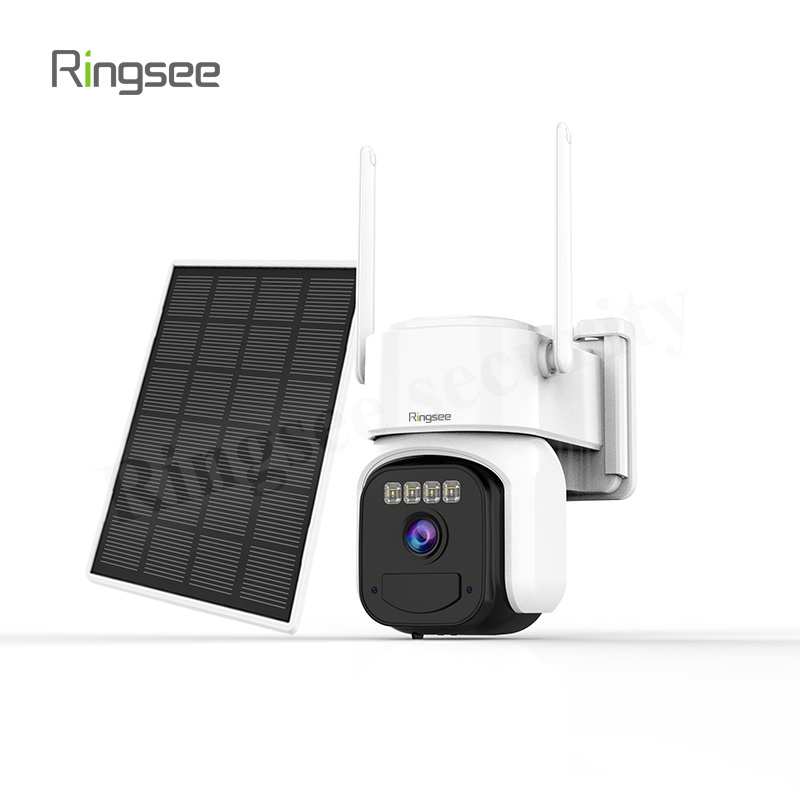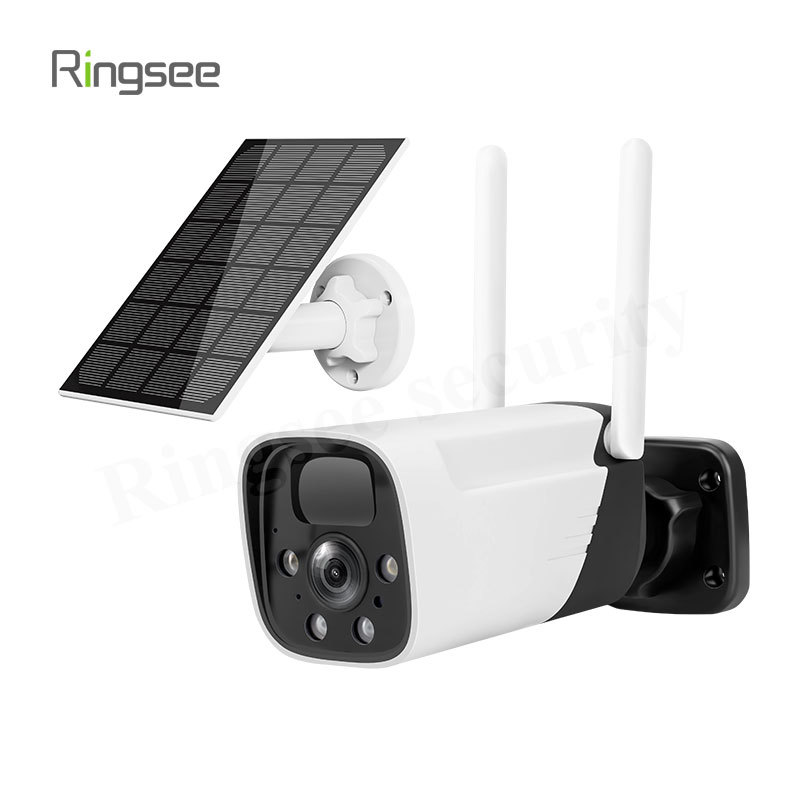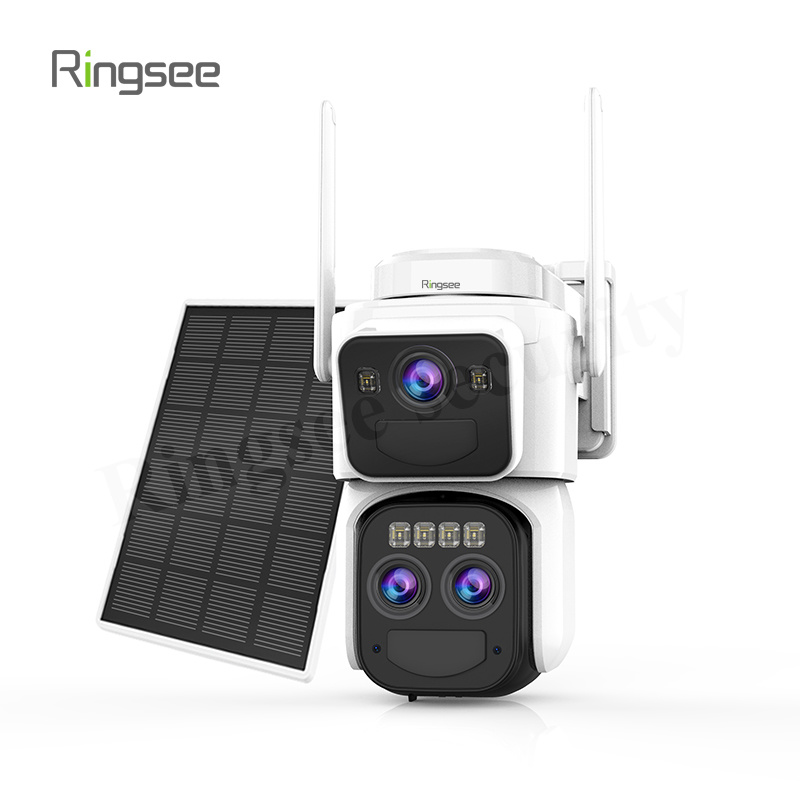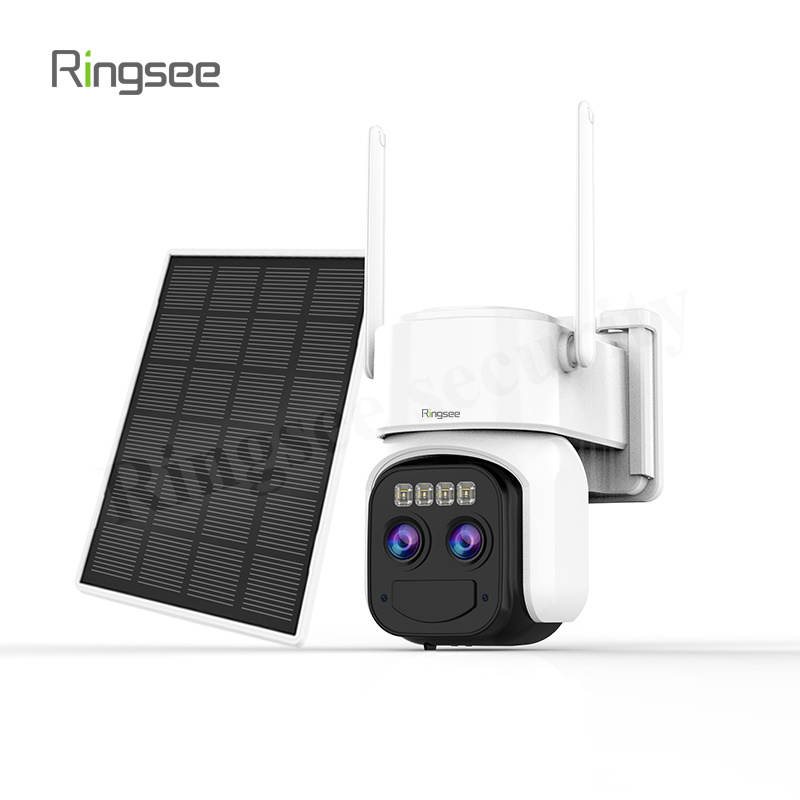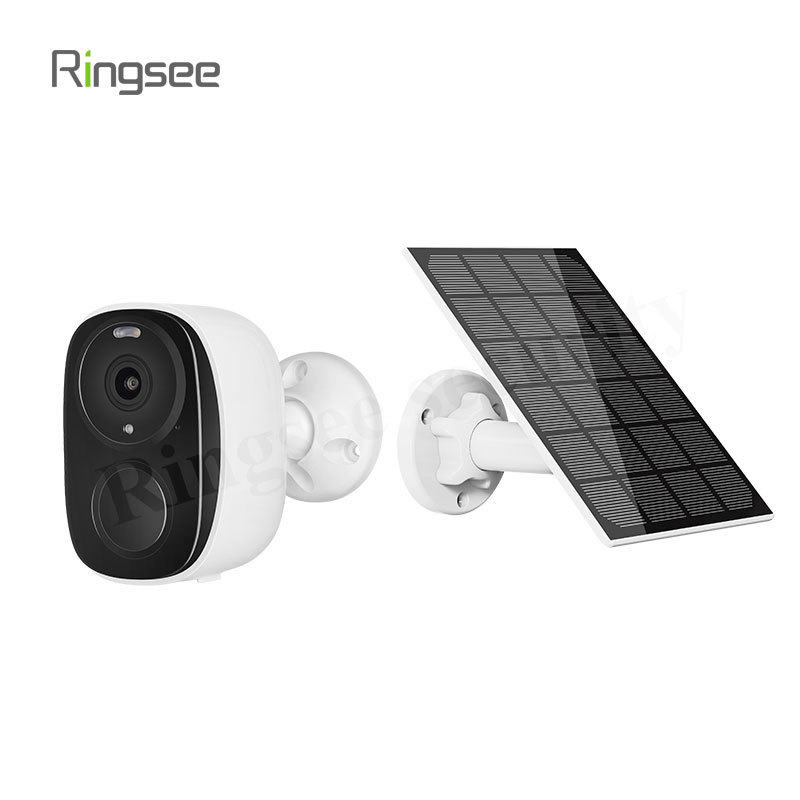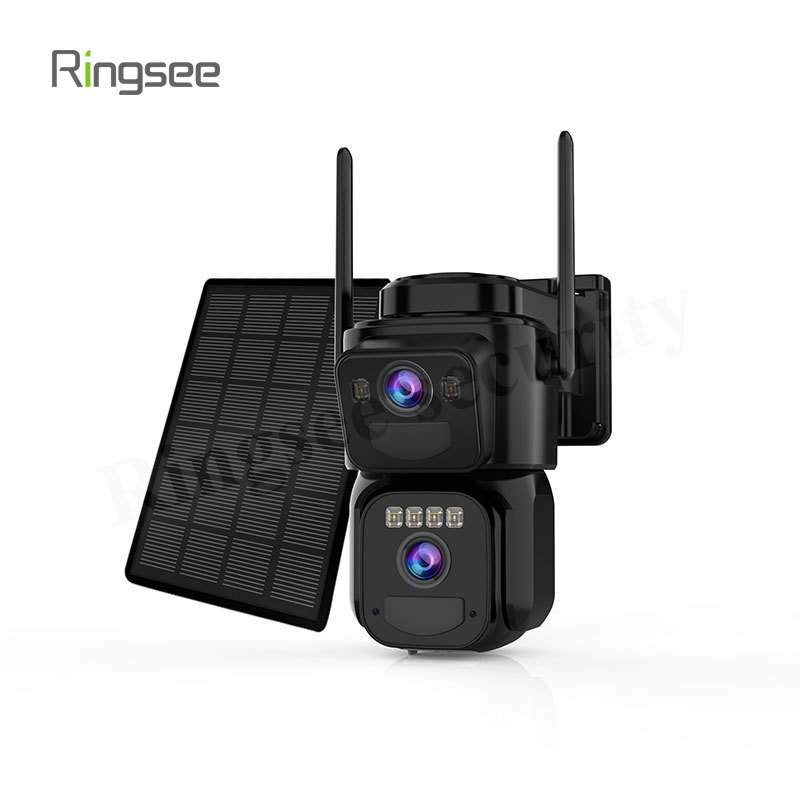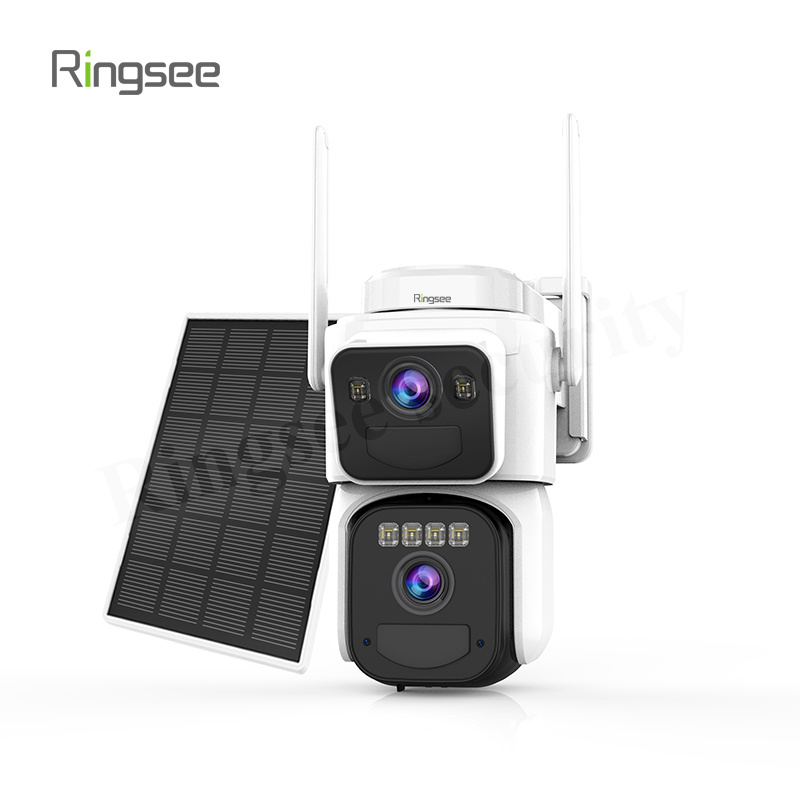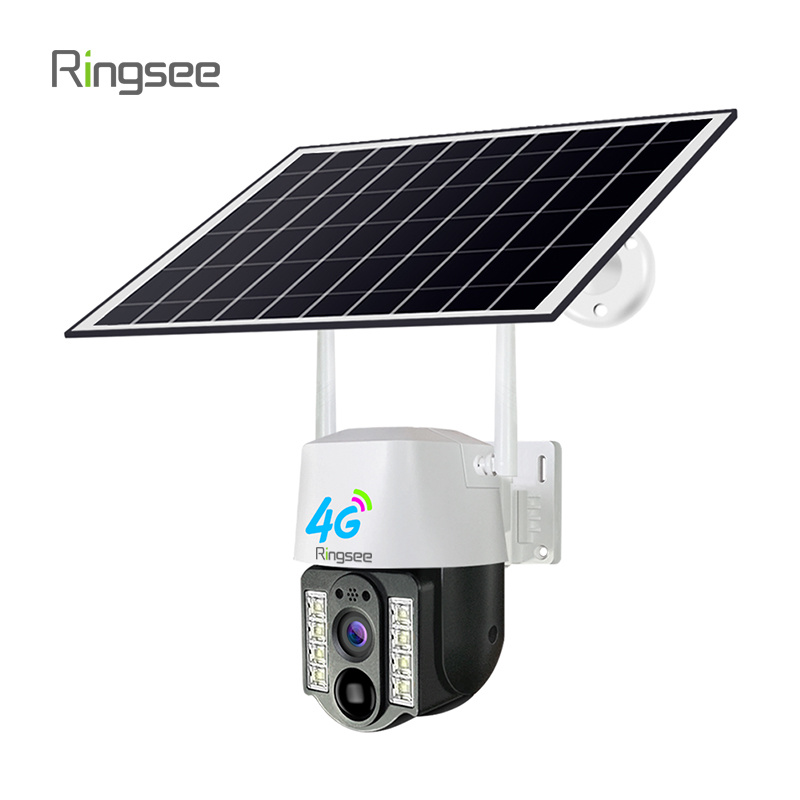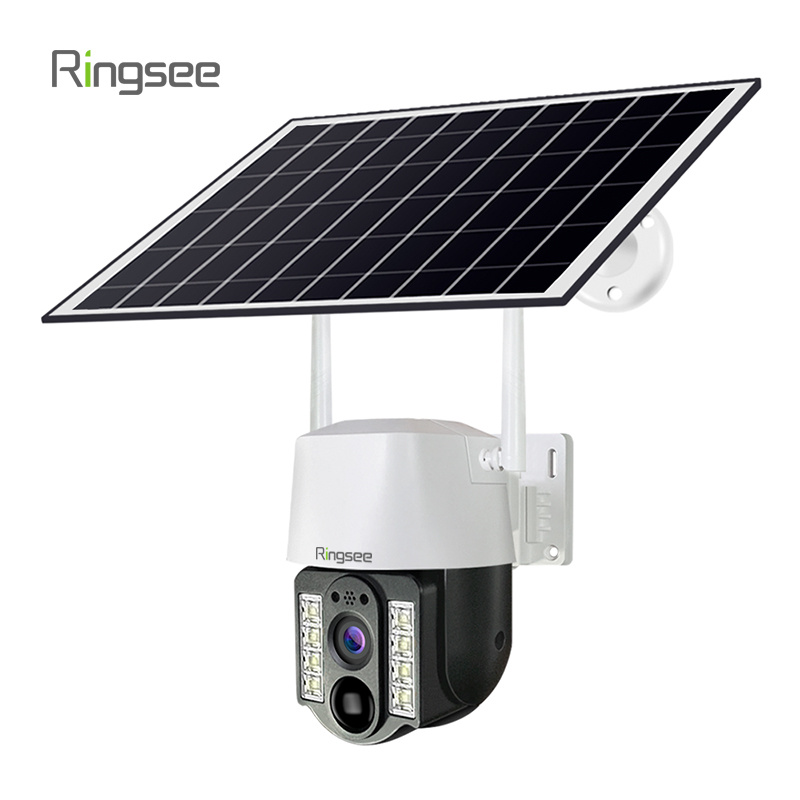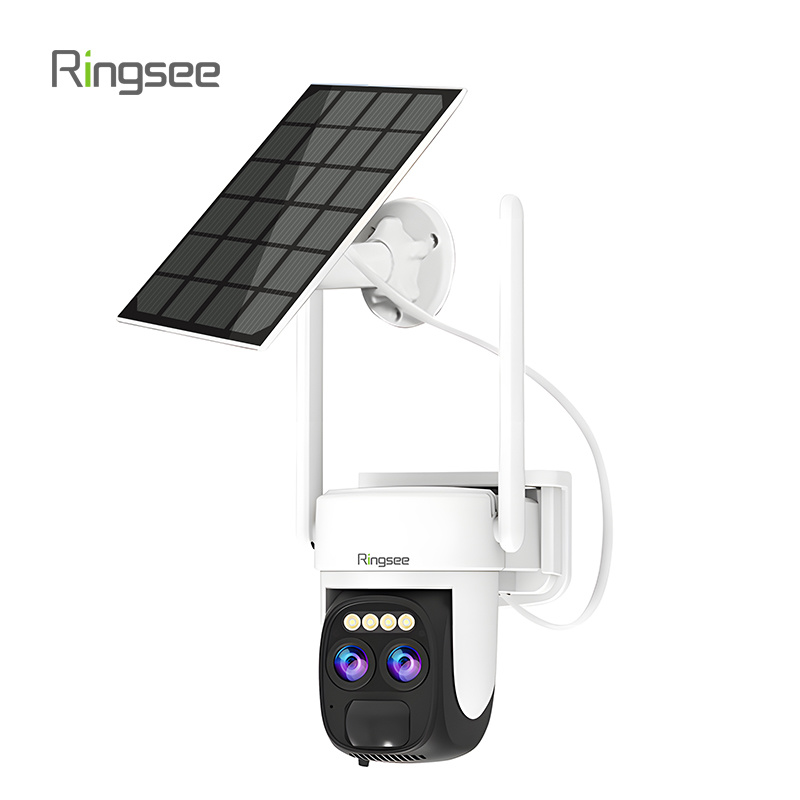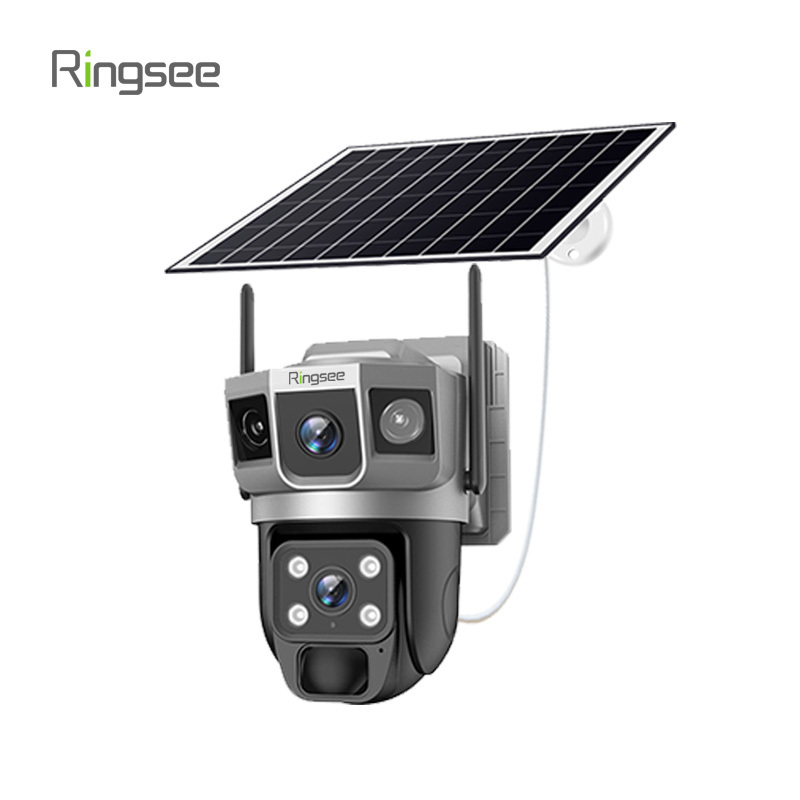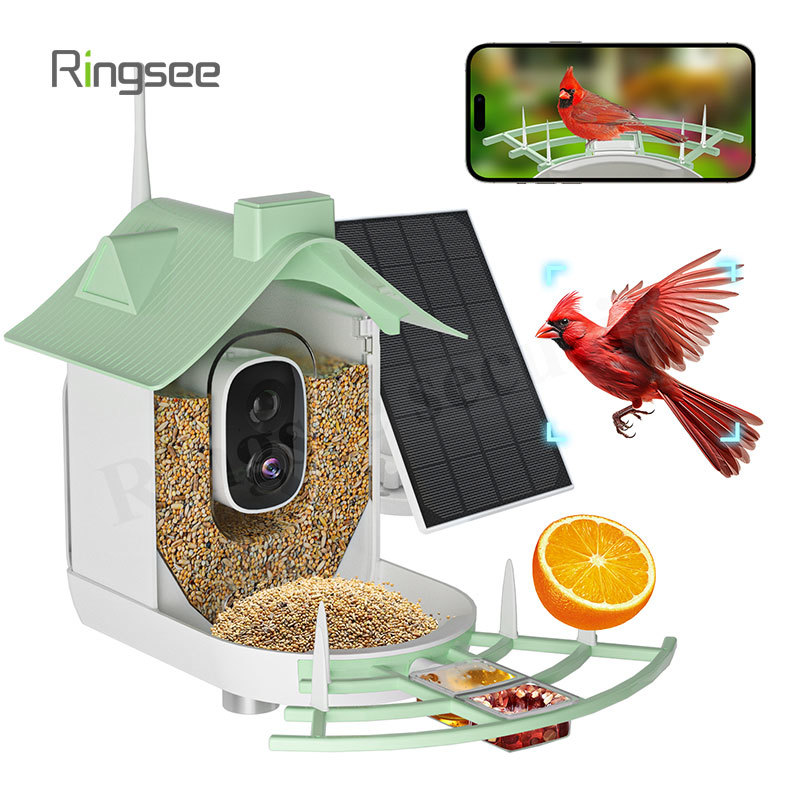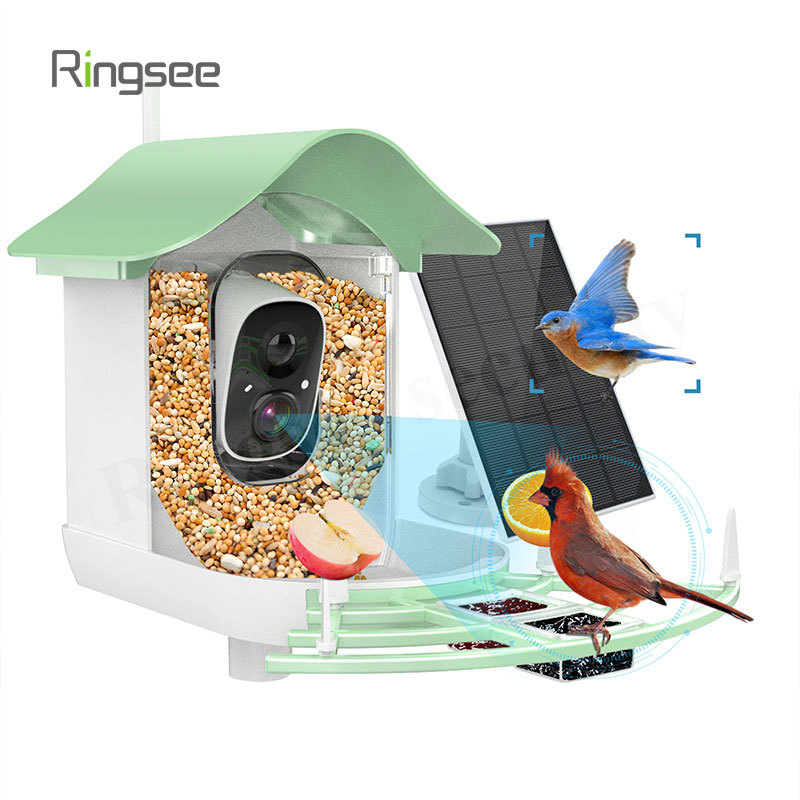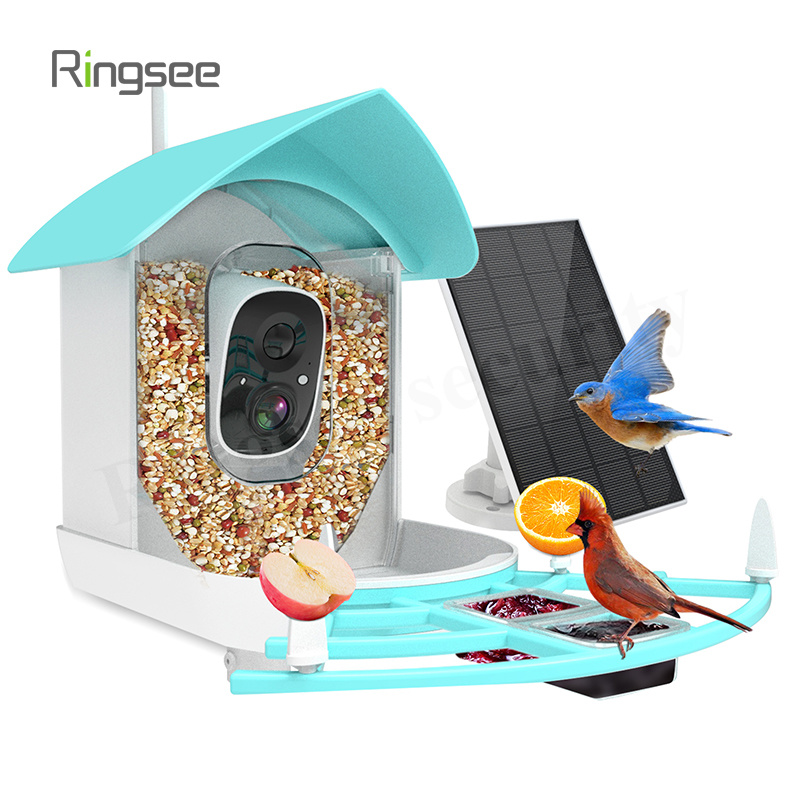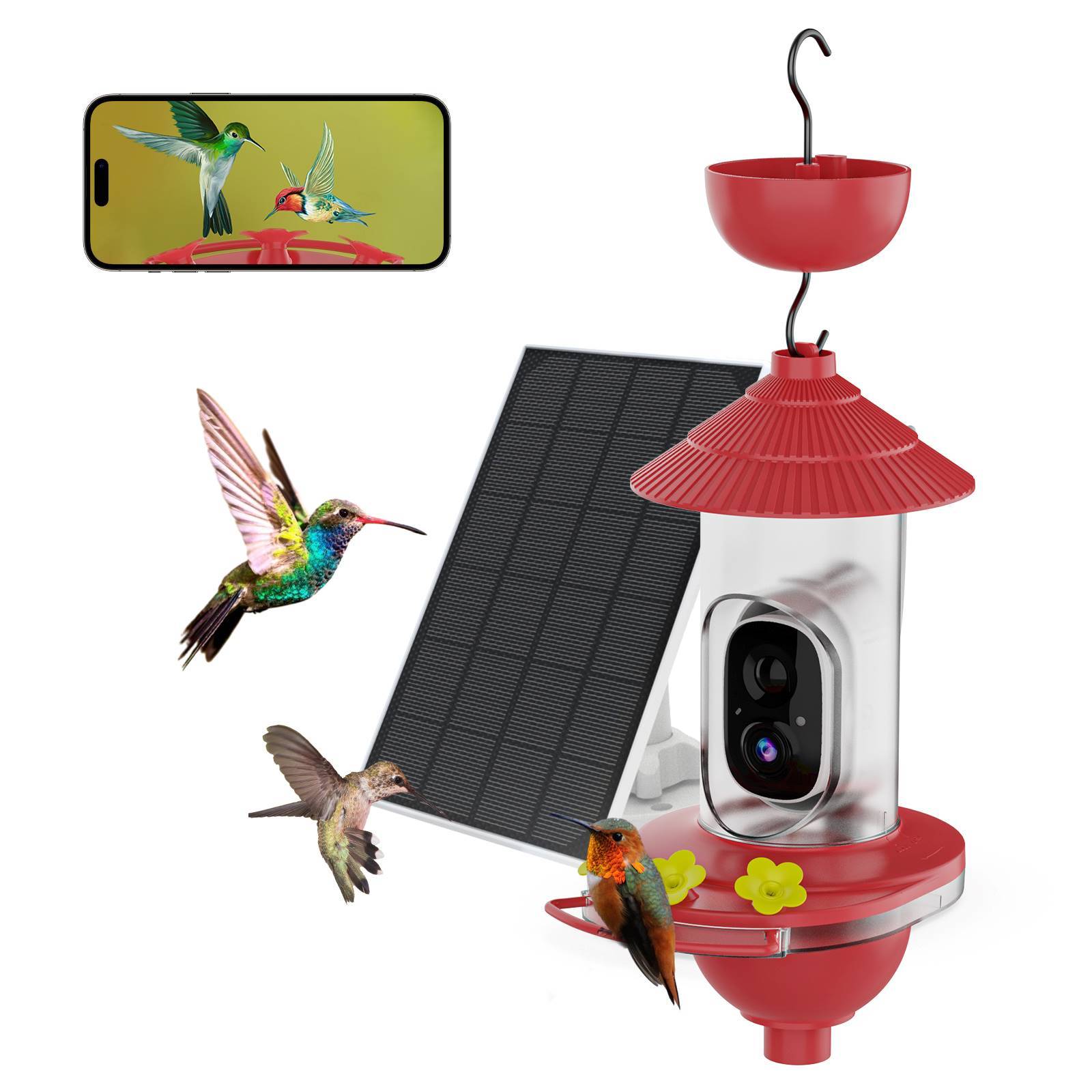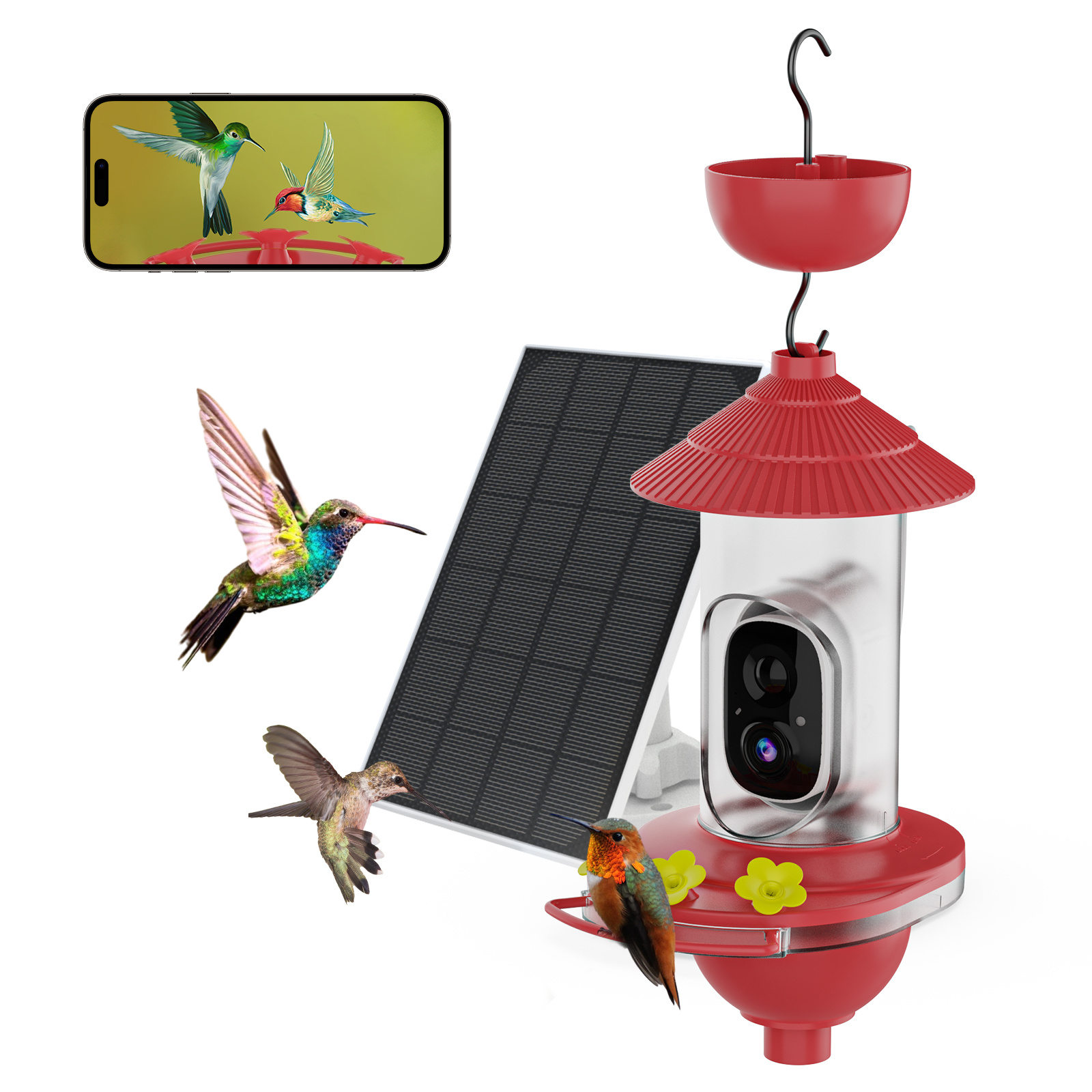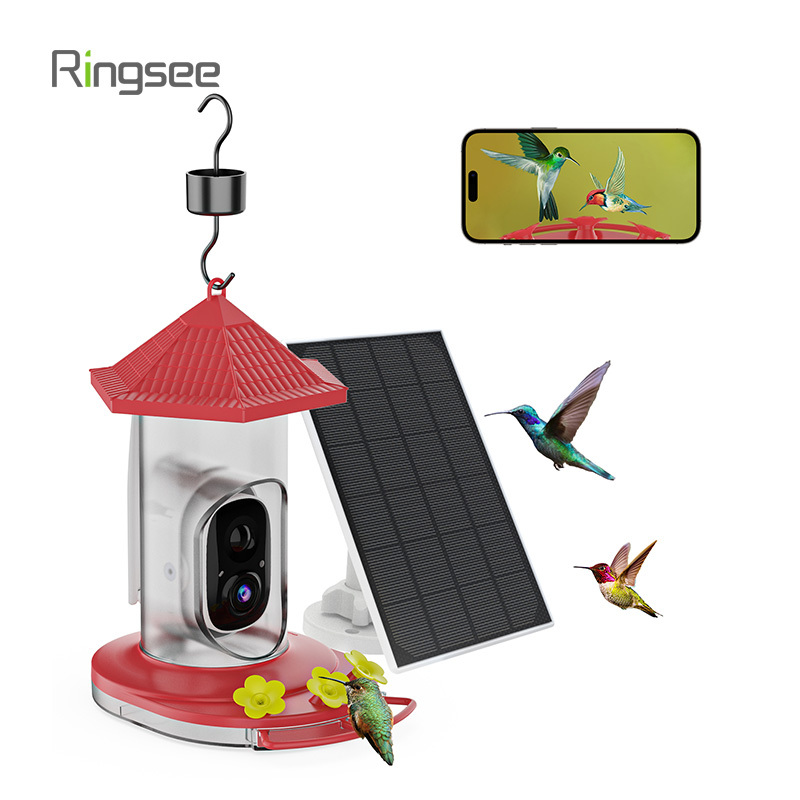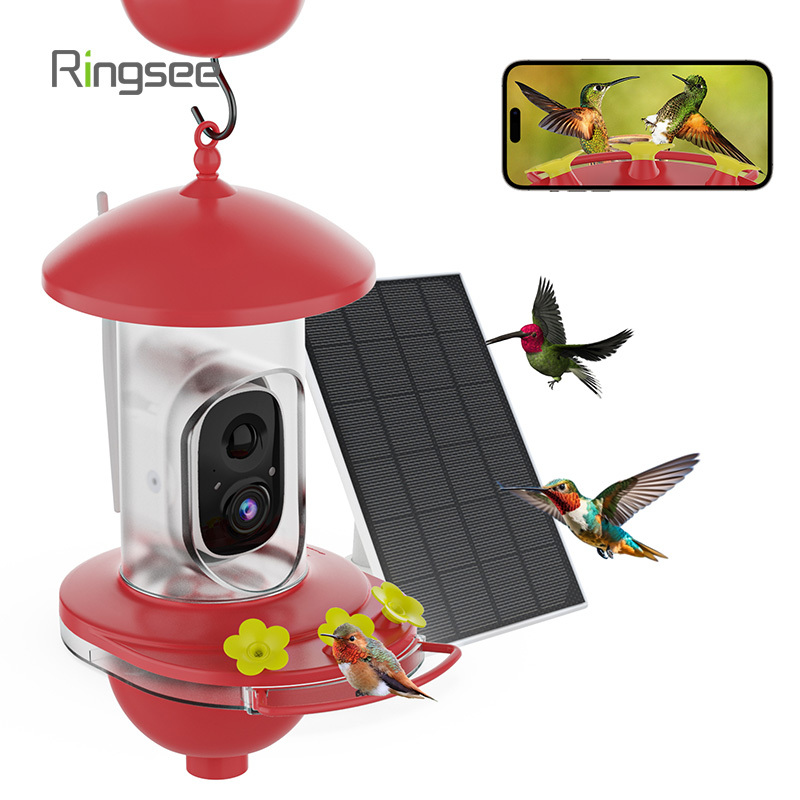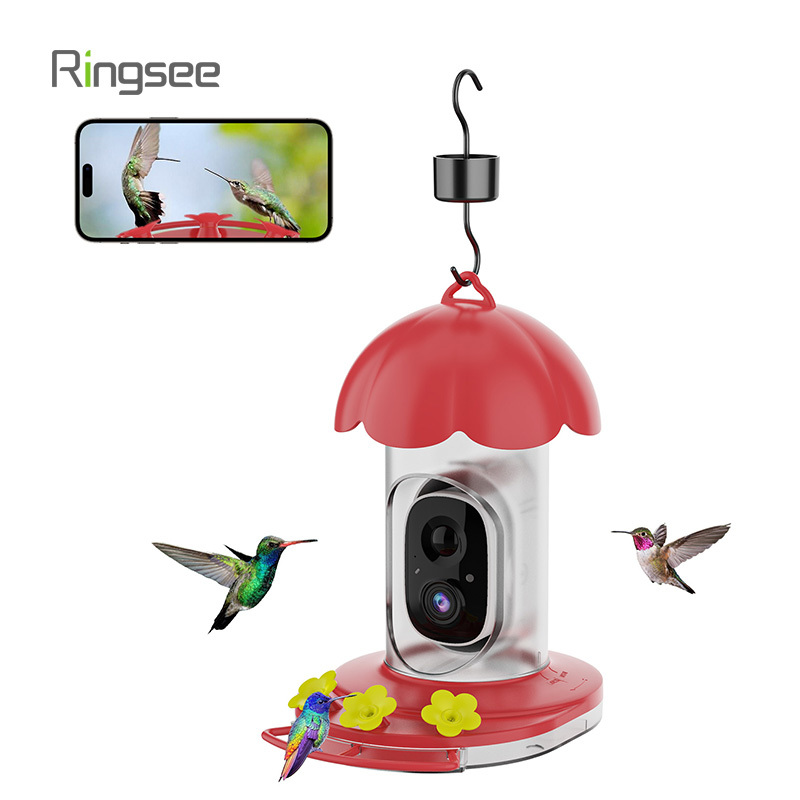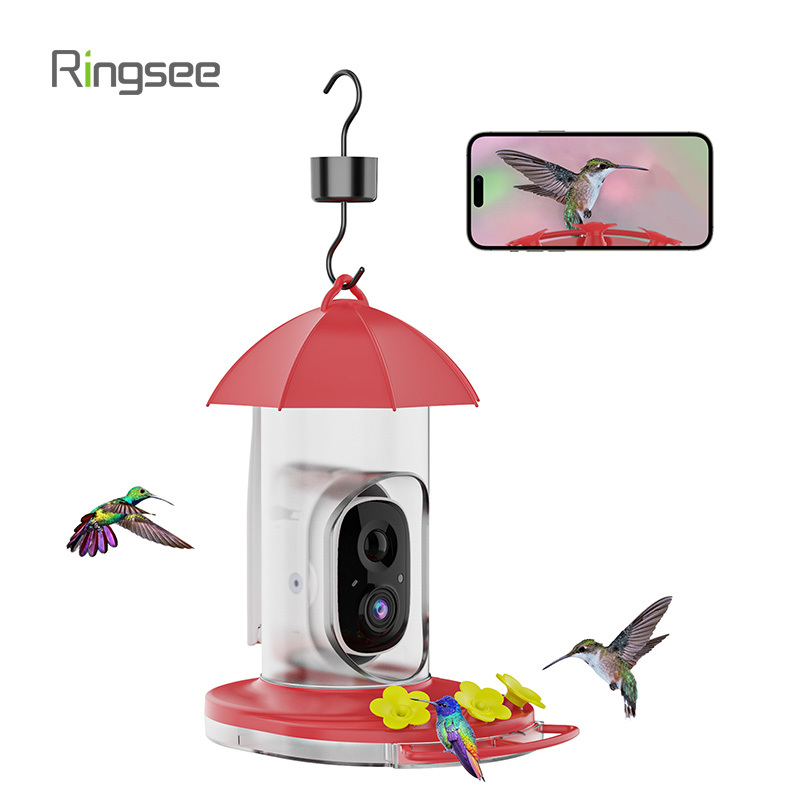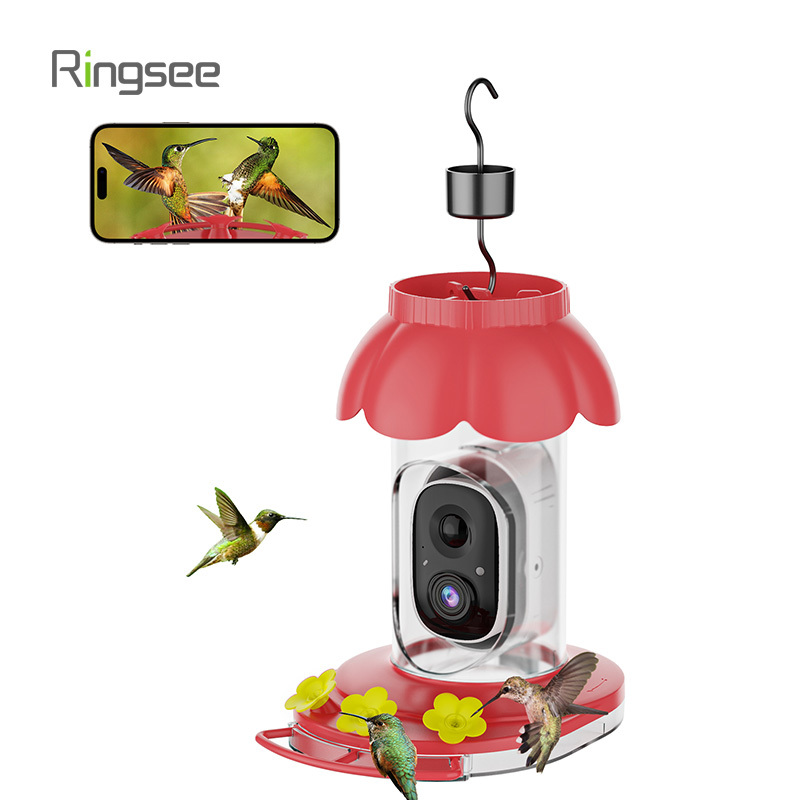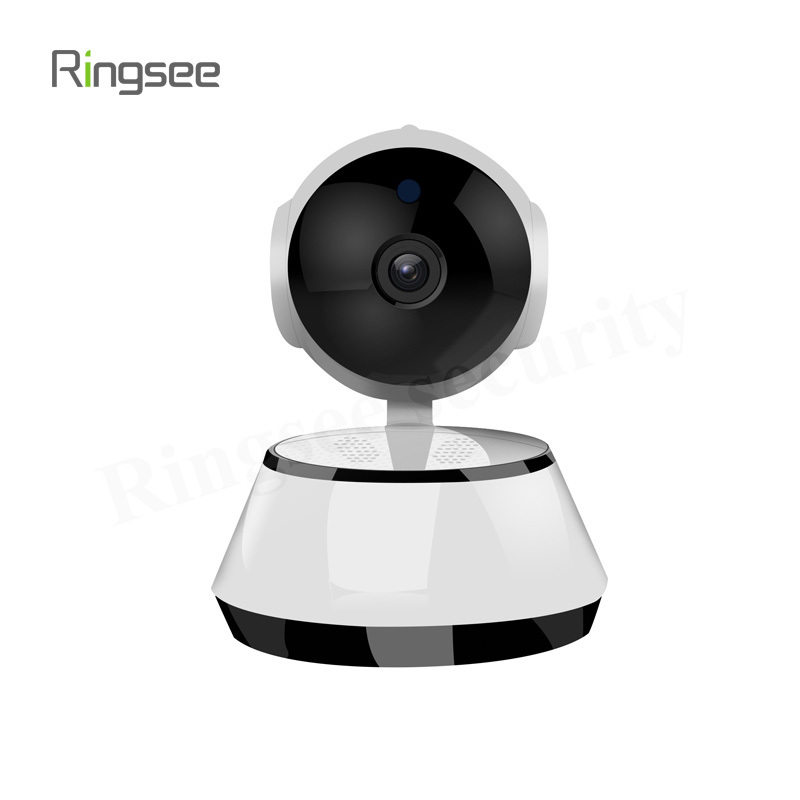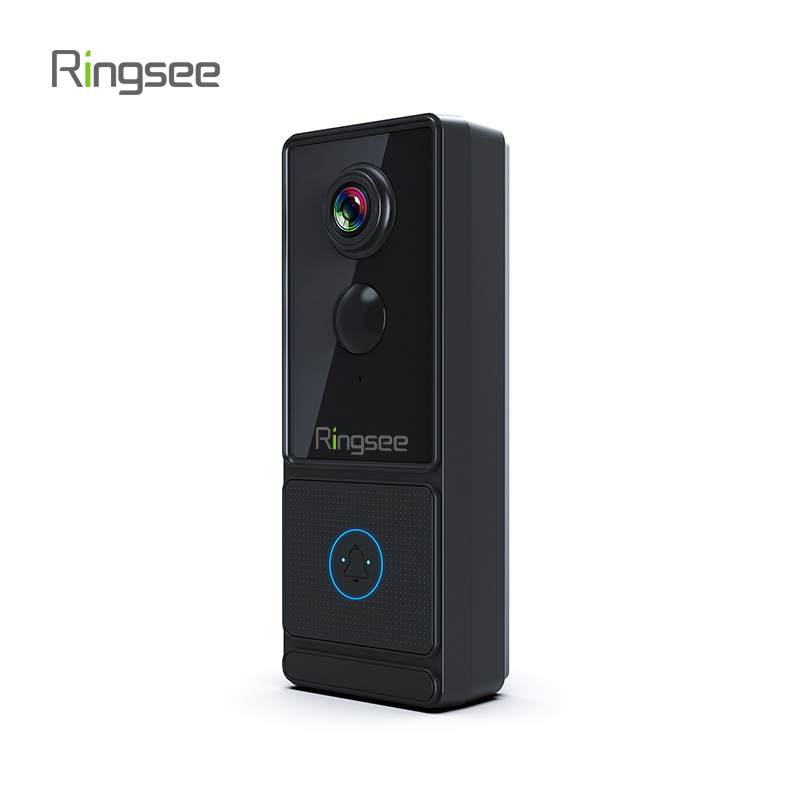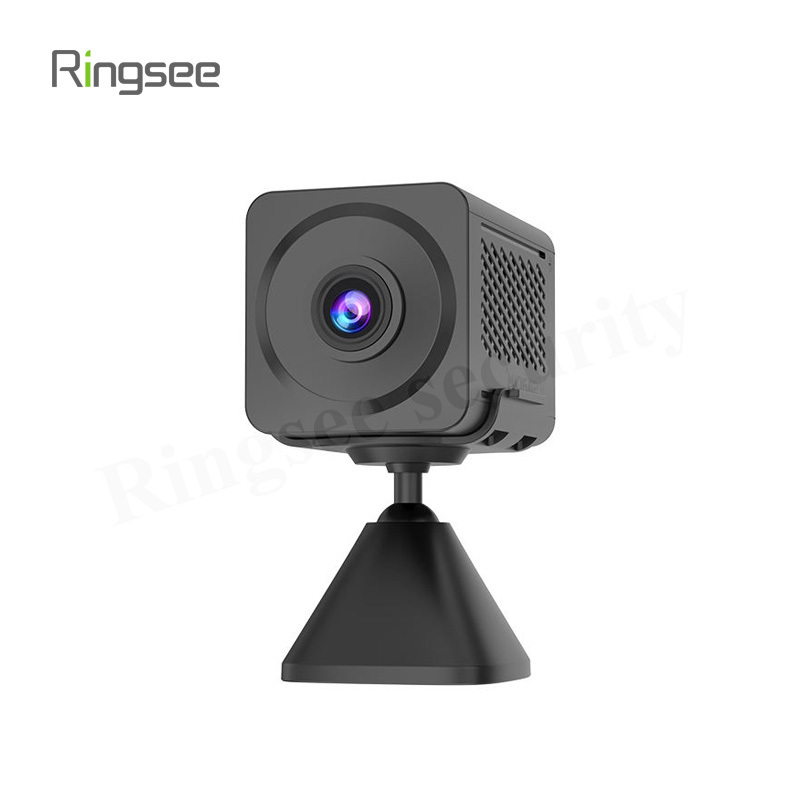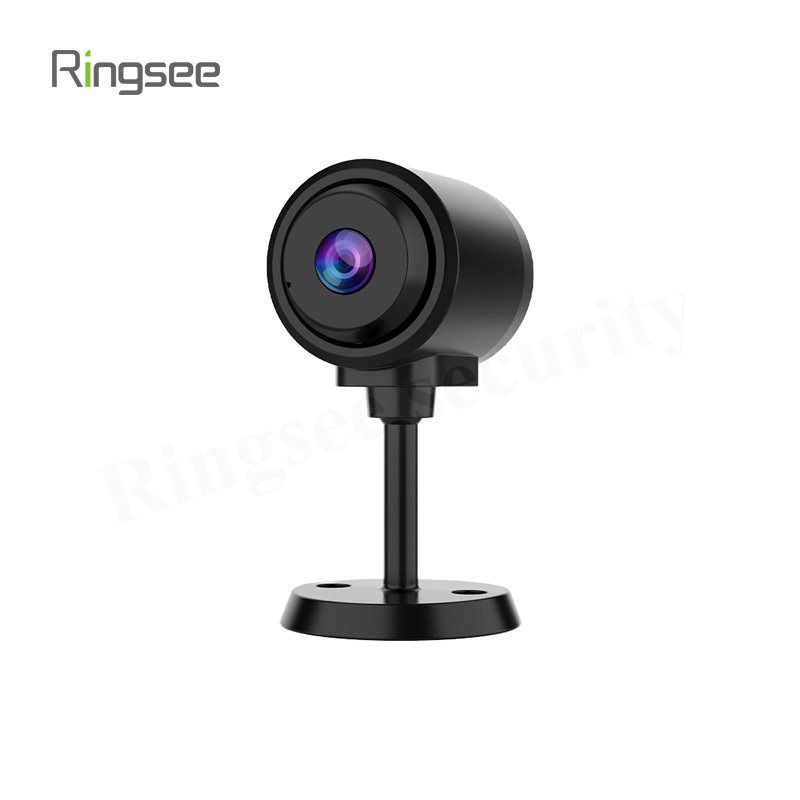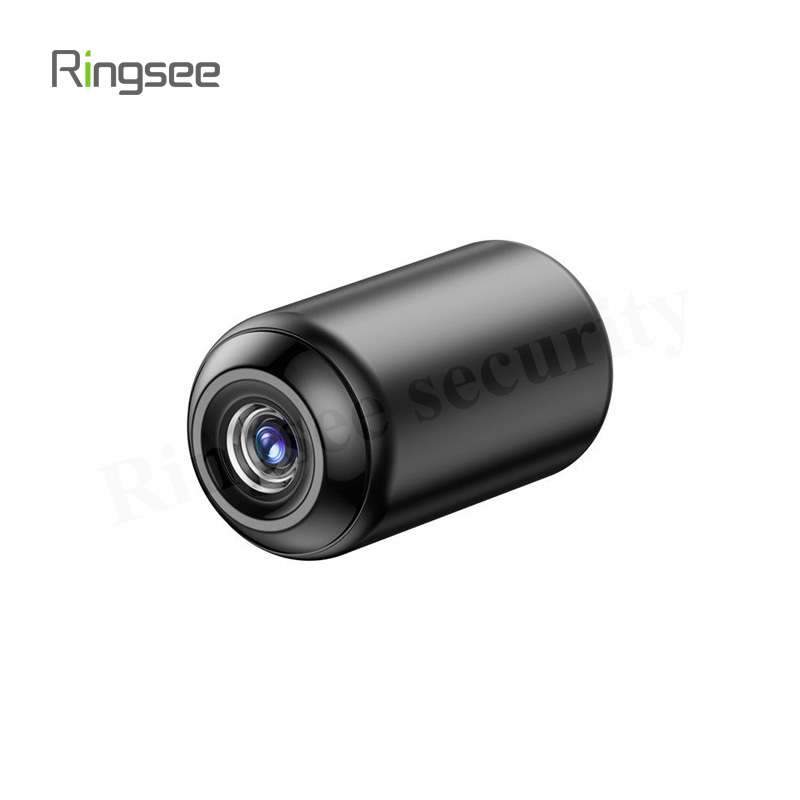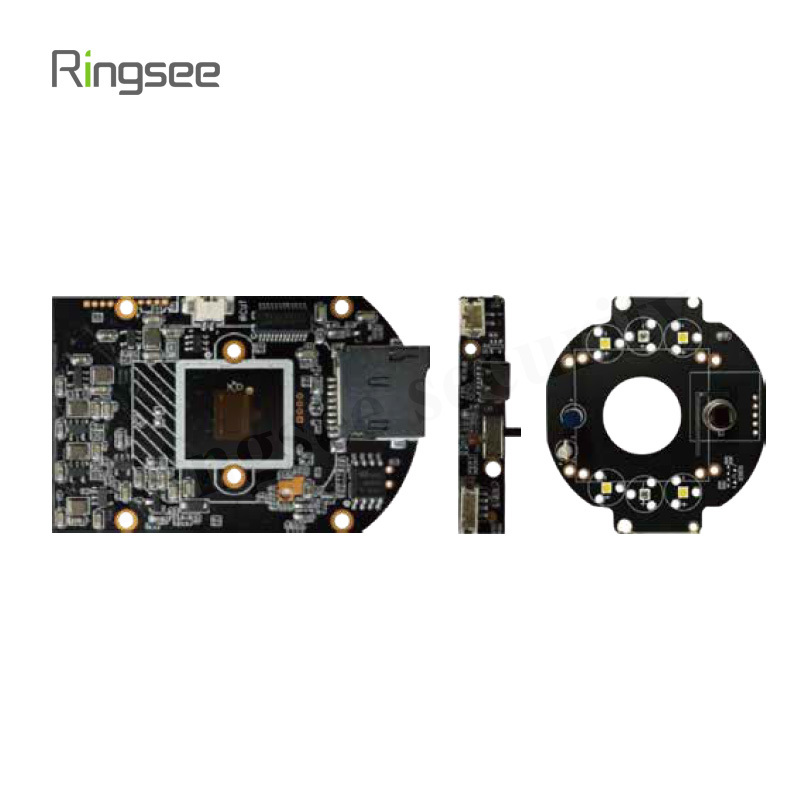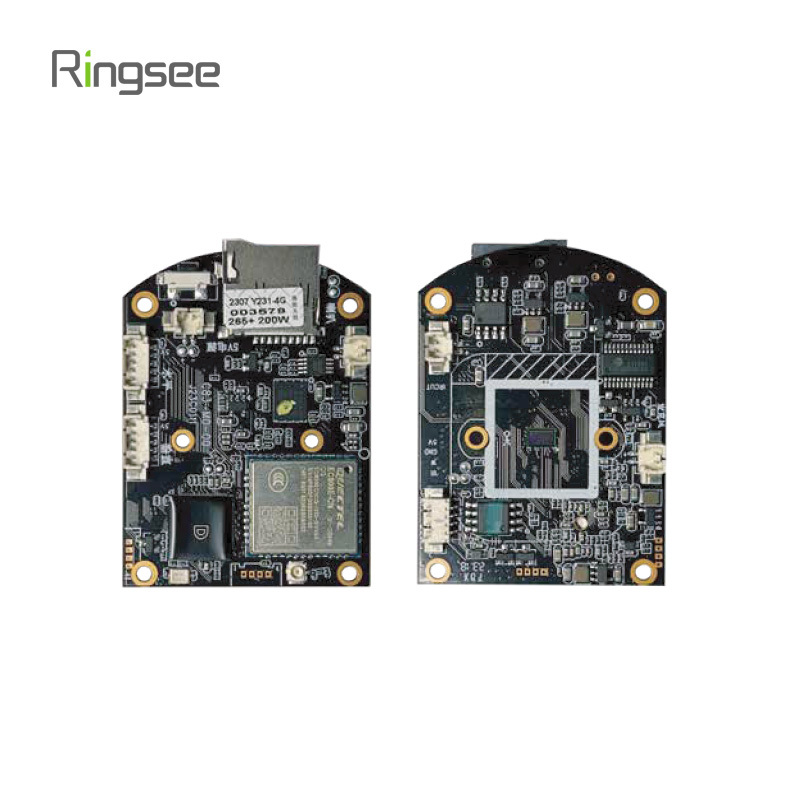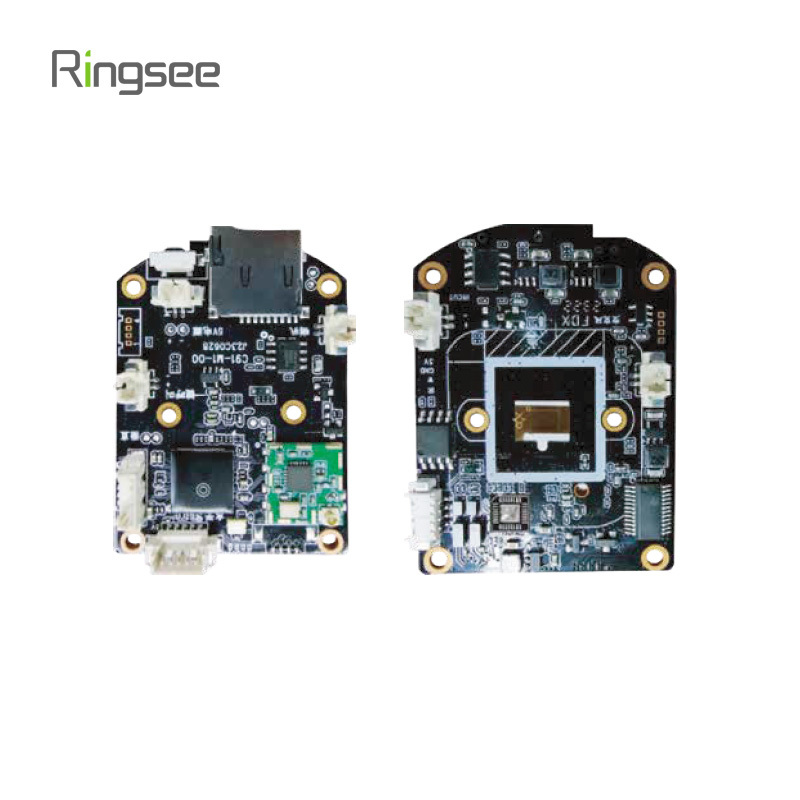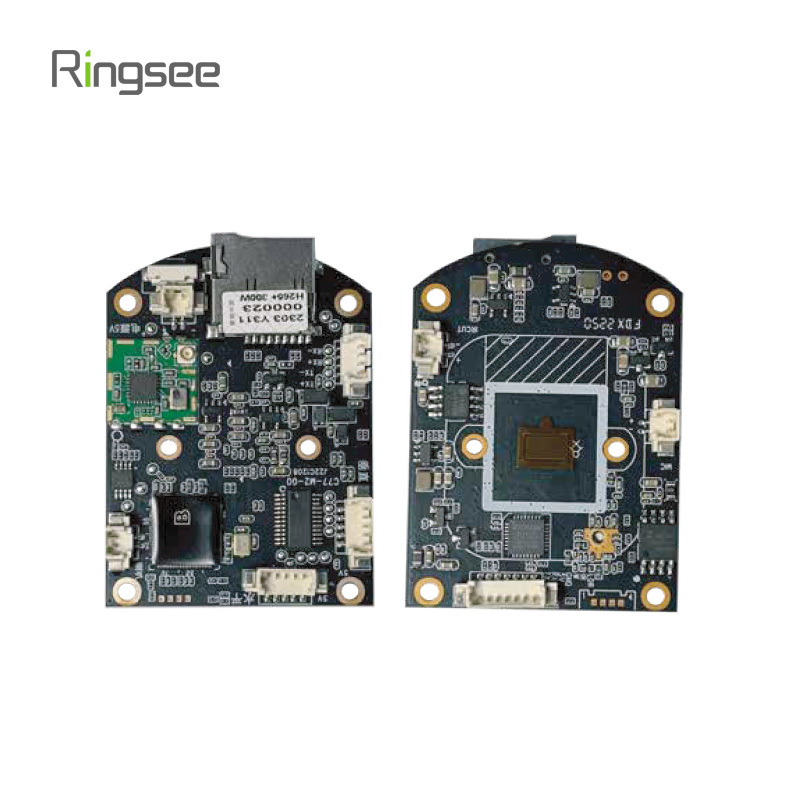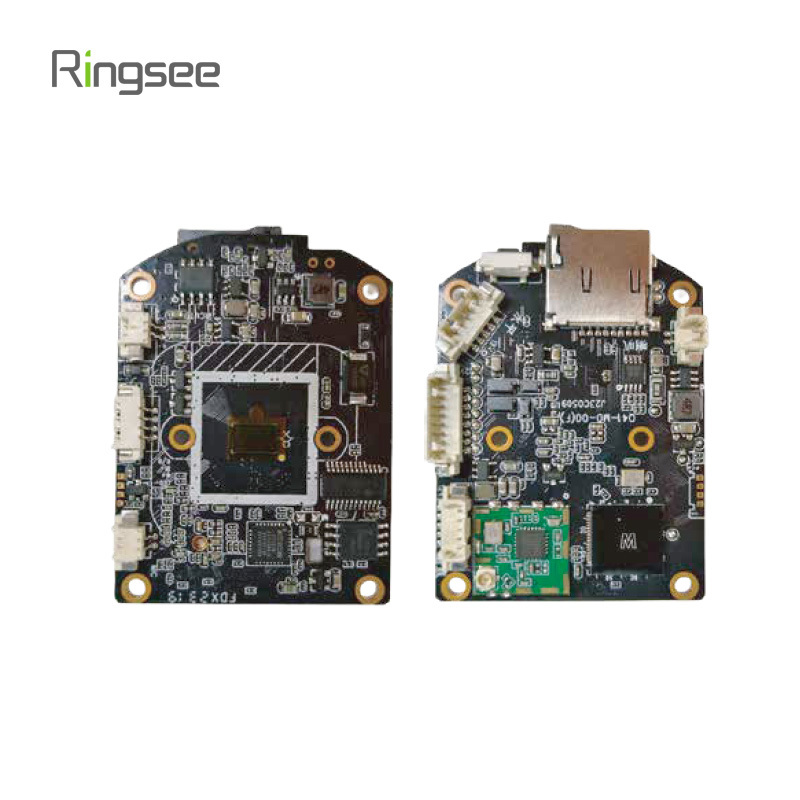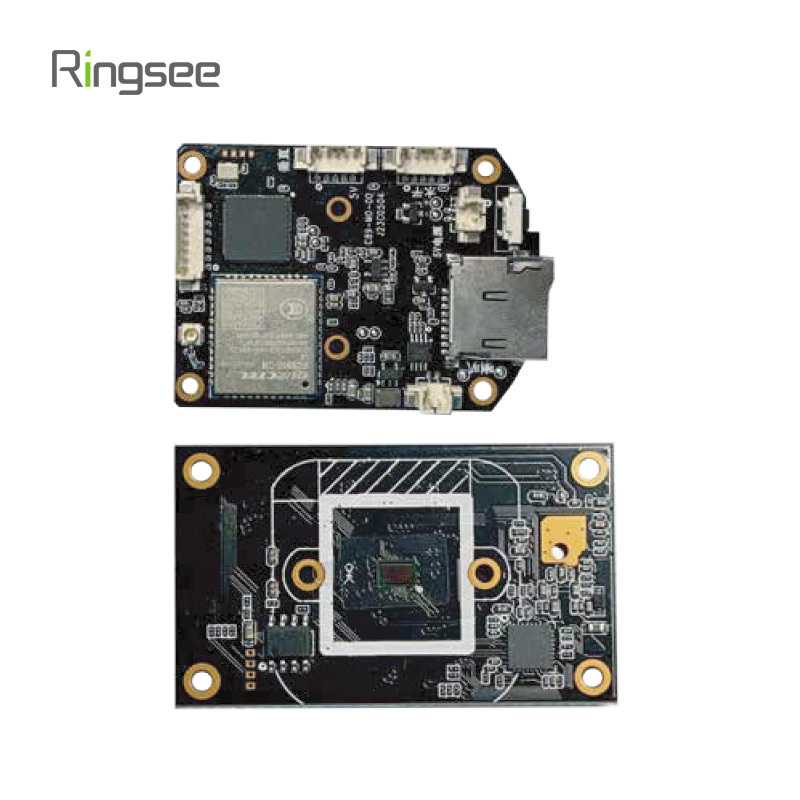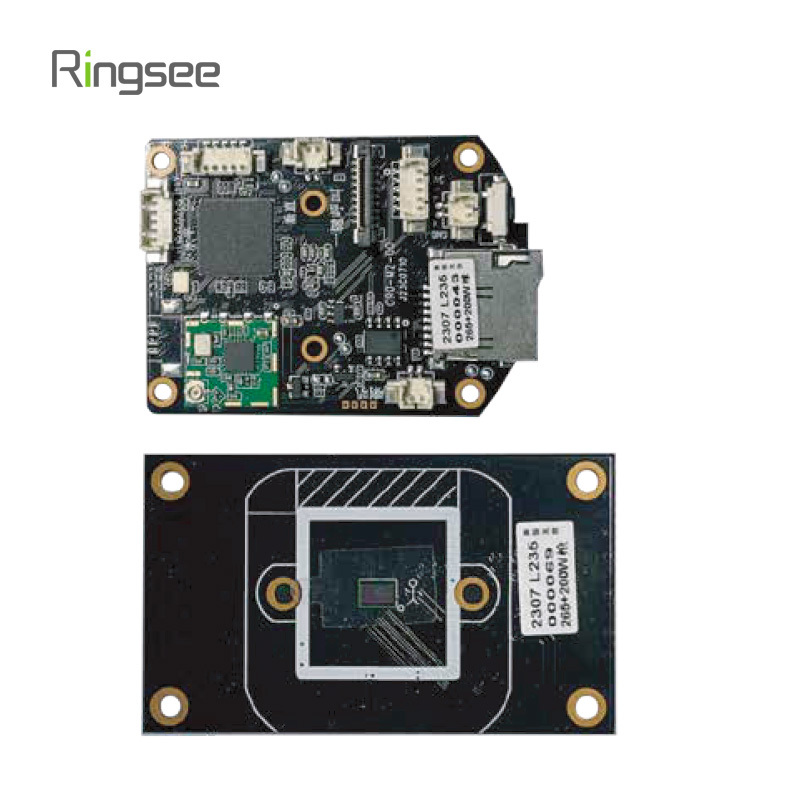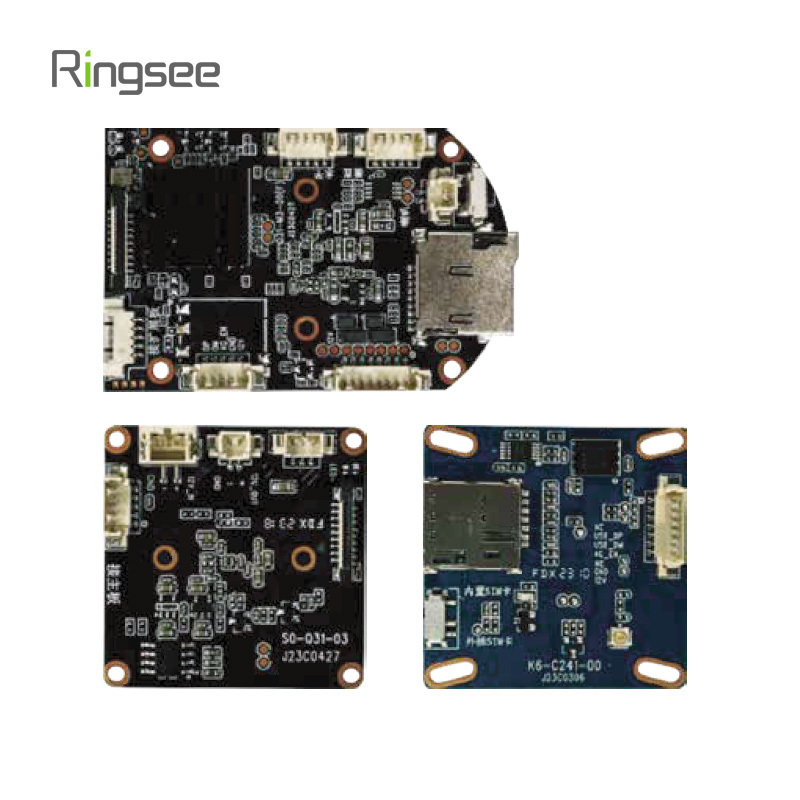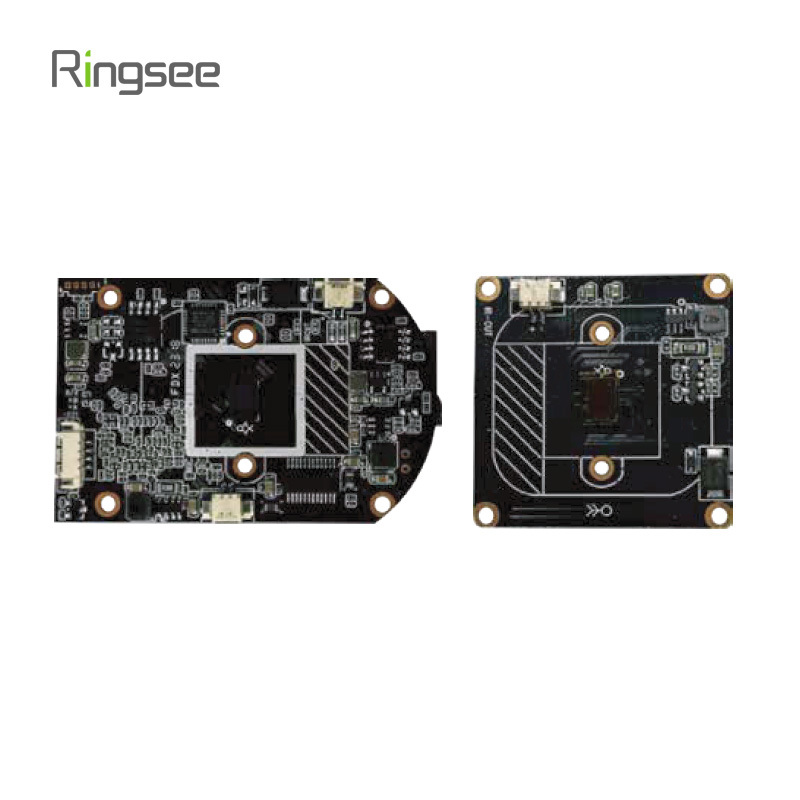
Can wildlife cameras recognize specific animals?
Modern wildlife cameras can recognize specific animals, but the capability depends on the type of camera, the software it uses, and whether AI technology is integrated. Let’s break it down clearly:
1. Traditional Wildlife Cameras (Non-AI)
Traditional trail or wildlife cameras — the ones that simply trigger on motion or heat (PIR sensors) — cannot recognize specific animals.
They only:
Detect movement and temperature differences.
Capture images or videos when triggered.

These are excellent for general monitoring but can’t tell the difference between a deer and a dog — or between one deer and another.
2. AI-Enhanced Wildlife Cameras
Recent advancements have brought AI and deep learning into wildlife monitoring.
These smart cameras can analyze images in real time and identify animals by species or even individual characteristics.
What They Can Recognize:
Species Recognition: AI can identify whether an animal is a fox, elephant, deer, bear, etc.
Individual Recognition: With advanced facial or pattern recognition (like spots on leopards, stripes on zebras, or tusk shapes in elephants), AI can sometimes identify individual animals.
Behavior Detection: Some systems can even distinguish behaviors — for example, feeding, walking, or aggression.
3. How It Works
AI-powered wildlife cameras usually use:
Computer Vision Algorithms trained on large image datasets of different animal species.
Edge AI Chips (built-in processing units) for real-time recognition without needing to upload to the cloud.
Cloud Platforms or Databases where images are compared to known individuals for research or conservation.
4. Real-World Applications
AI recognition is already being used for:
Wildlife conservation — tracking endangered species and migration patterns.
Poaching prevention — recognizing protected animals in real time.
Ecological research — analyzing biodiversity automatically.
Farm monitoring — identifying and counting livestock.
5. Example: Smart Wildlife Cameras from Manufacturers Like Ringsee
Manufacturers such as Ringsee, a Chinese security and wildlife camera supplier, are integrating AI intelligent recognition into solar-powered wildlife cameras.
Their systems can:
Recognize motion more accurately (reducing false triggers from wind or branches).
Operate off-grid with solar + battery power — ideal for remote habitats.
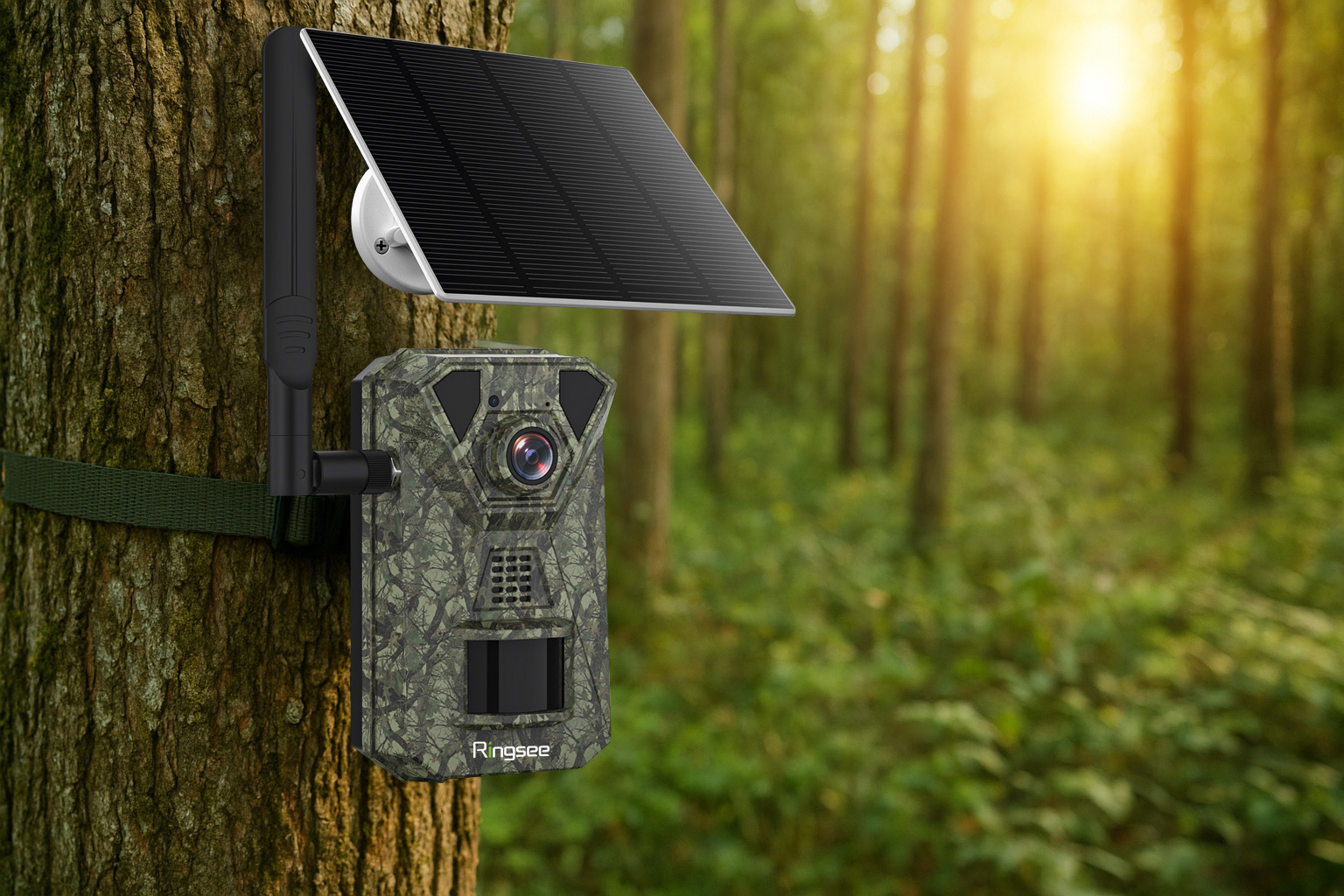
Limitations
Even the best AI cameras still face challenges:
Accuracy depends on lighting, camera angle, and training data quality.
Species-level identification is reliable; individual-level recognition remains more experimental.
Remote environments may limit internet access, affecting cloud-based analysis.
Conclusion
So yes — wildlife cameras can recognize specific animals, but only if they are equipped with AI-based recognition systems.
For researchers, conservationists, or nature enthusiasts, investing in an AI solar-powered wildlife camera (like those offered by Ringsee) can significantly improve monitoring efficiency and accuracy.
Links:One Belt Power Technology
Add: 14th Floor, Baoshan Building, Longhua District, Shenzhen China.
Privacy Policy | SEO | CitySite | Support: 300.cn Dongguan
COOKIES
Our website uses cookies and similar technologies to personalize the advertising shown to you and to help you get the best experience on our website. For more information, see our Privacy & Cookie Policy
COOKIES
Our website uses cookies and similar technologies to personalize the advertising shown to you and to help you get the best experience on our website. For more information, see our Privacy & Cookie Policy
These cookies are necessary for basic functions such as payment. Standard cookies cannot be turned off and do not store any of your information.
These cookies collect information, such as how many people are using our site or which pages are popular, to help us improve the customer experience. Turning these cookies off will mean we can't collect information to improve your experience.
These cookies enable the website to provide enhanced functionality and personalization. They may be set by us or by third-party providers whose services we have added to our pages. If you do not allow these cookies, some or all of these services may not function properly.
These cookies help us understand what you are interested in so that we can show you relevant advertising on other websites. Turning these cookies off will mean we are unable to show you any personalized advertising.

